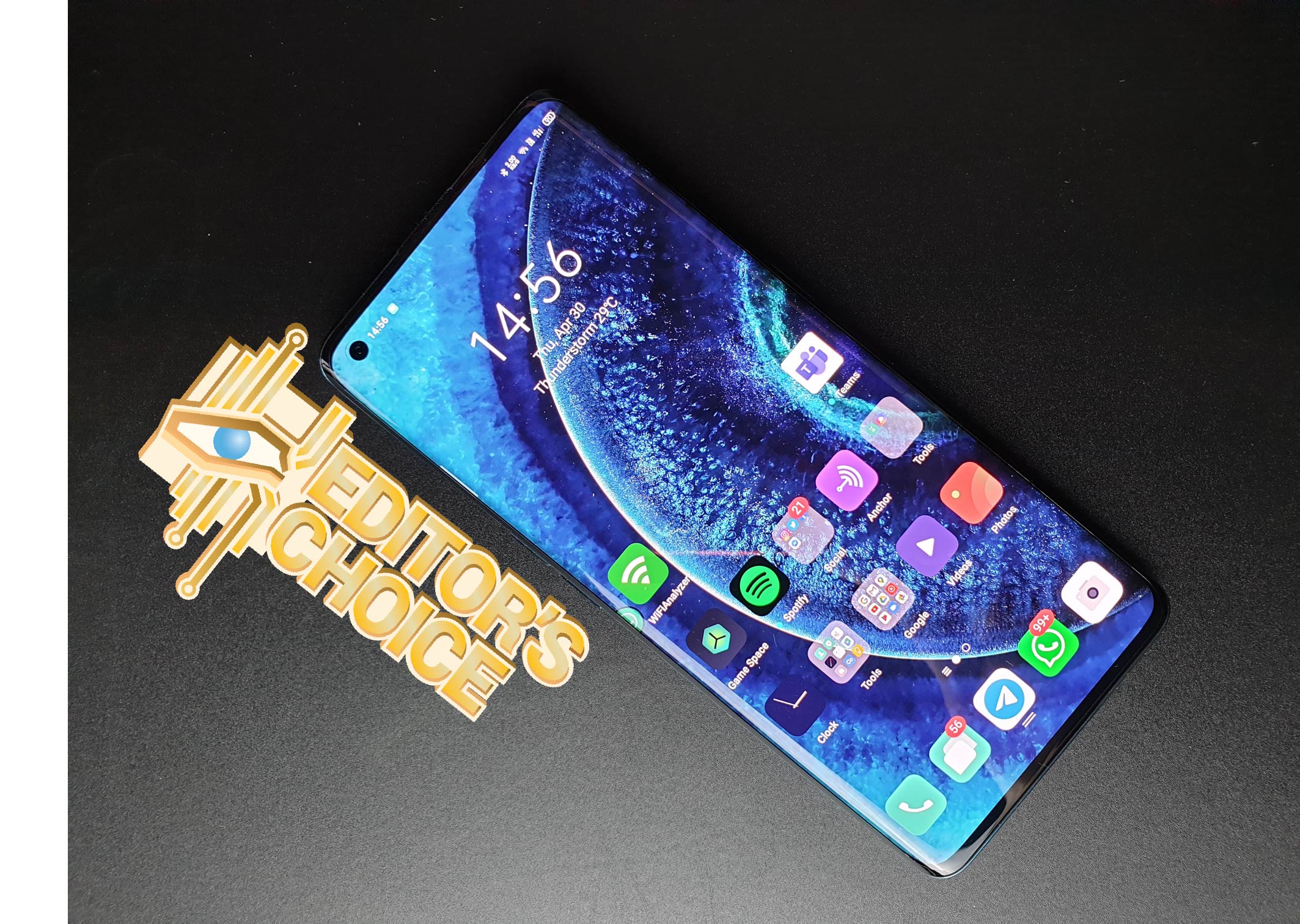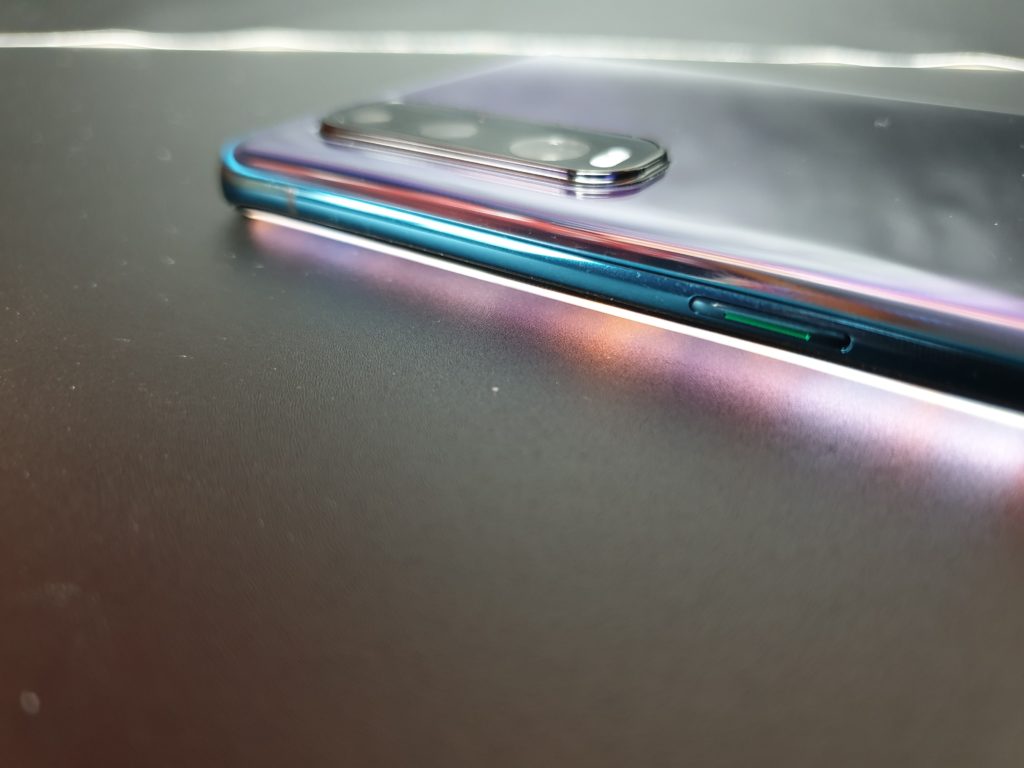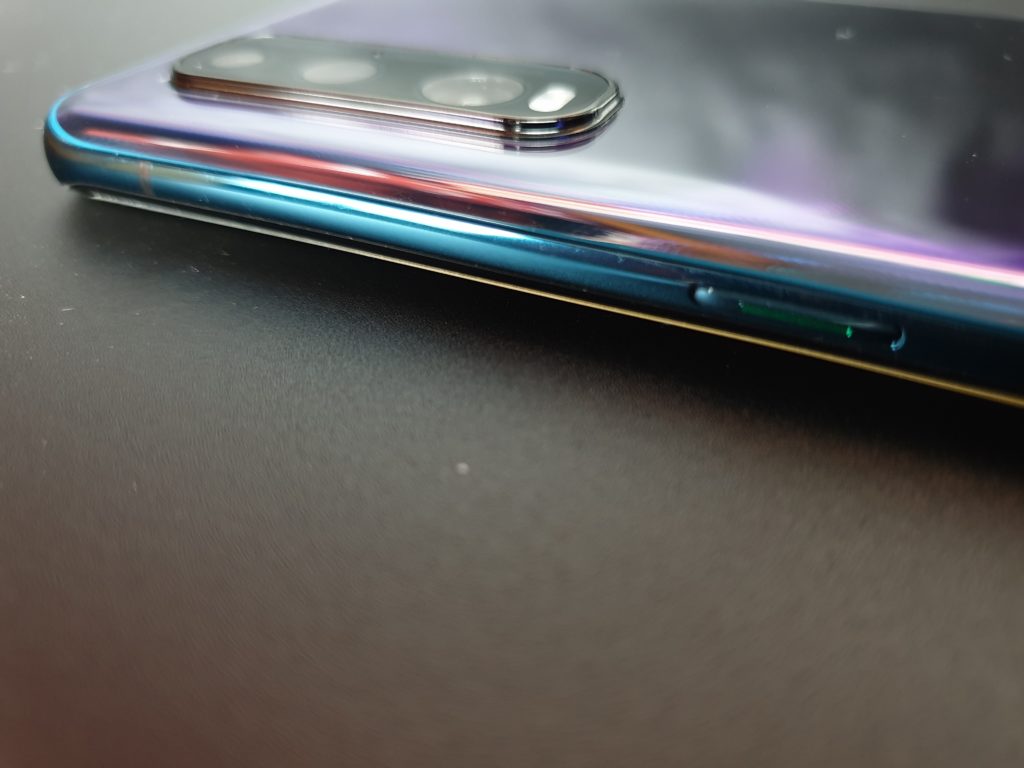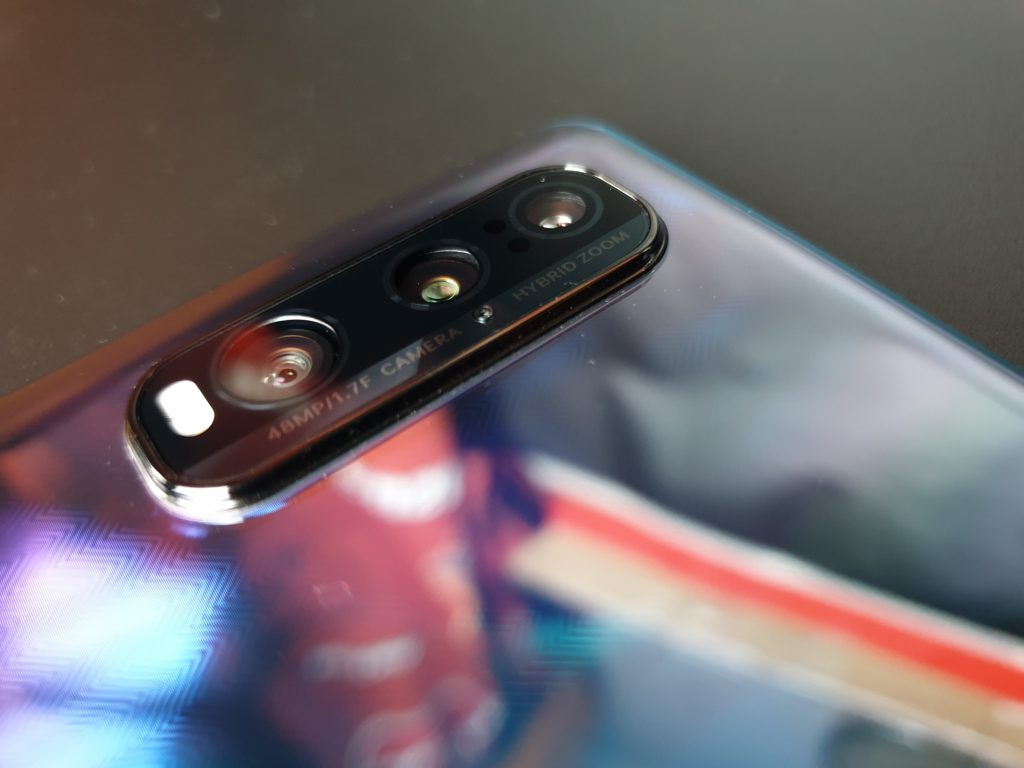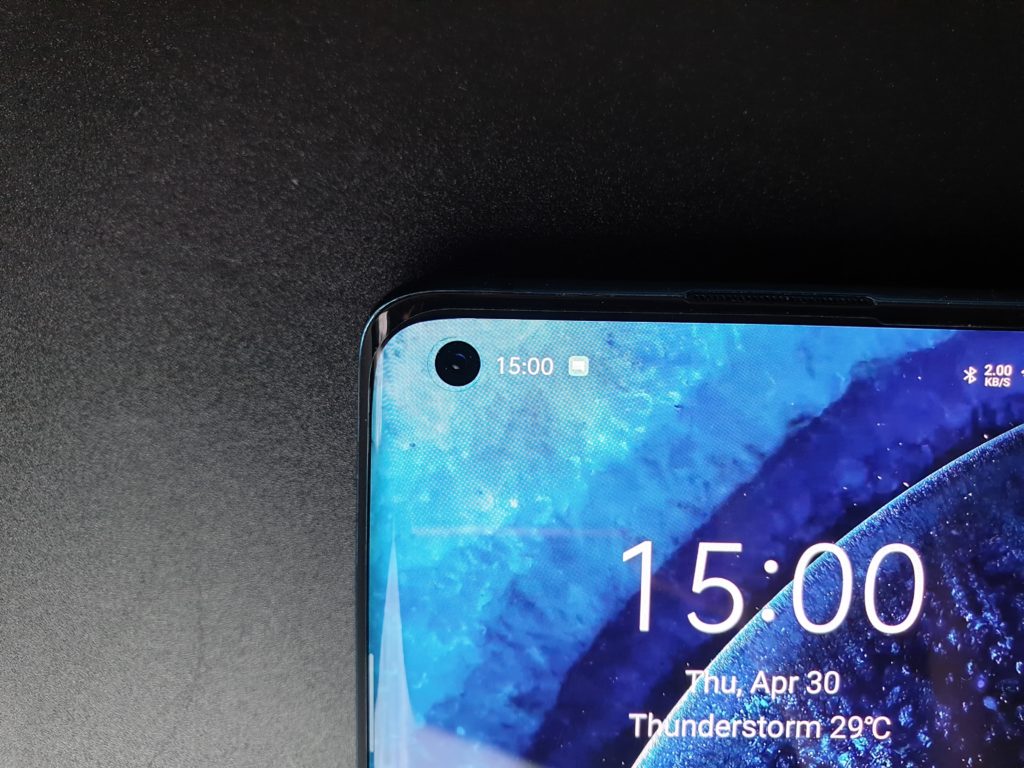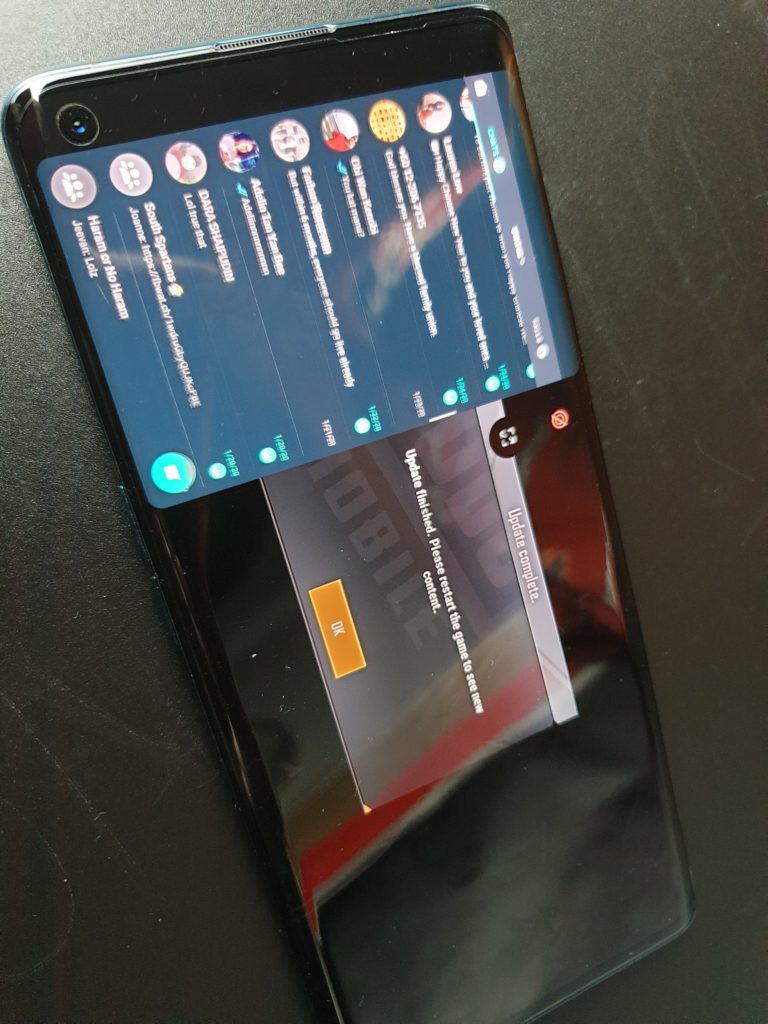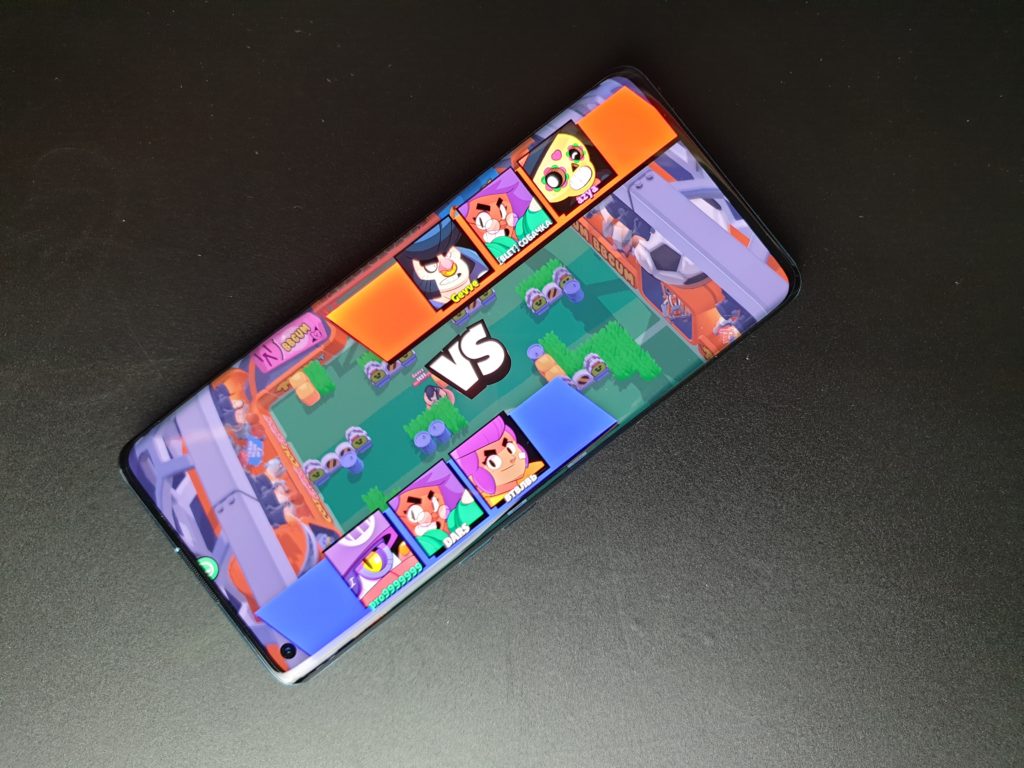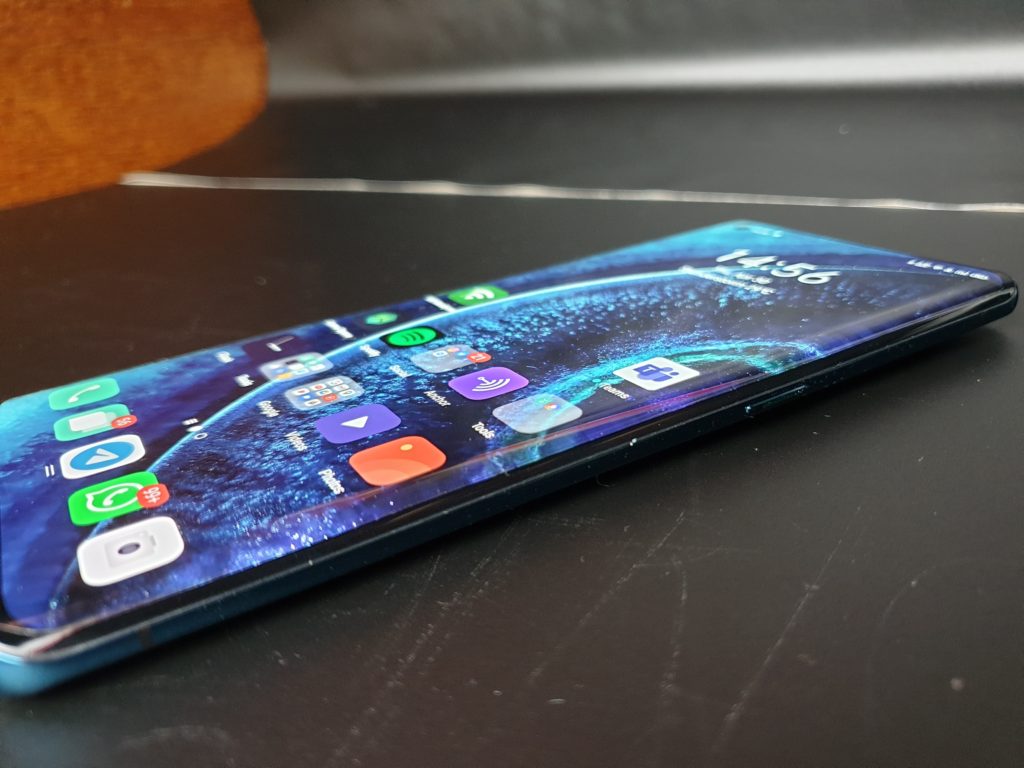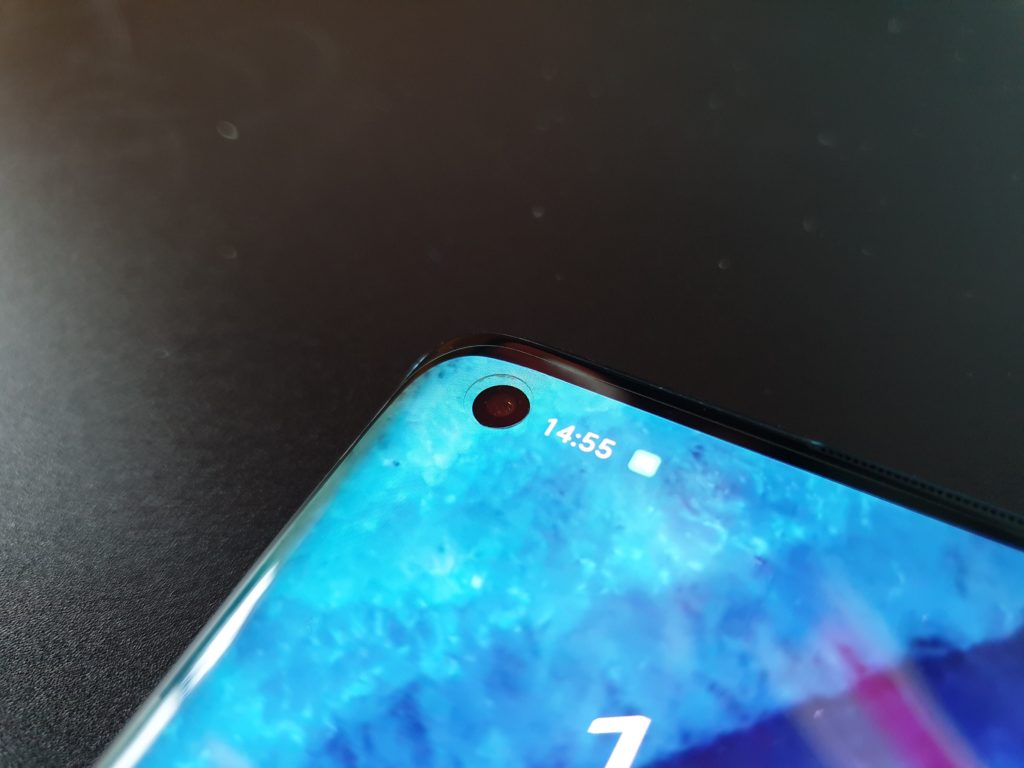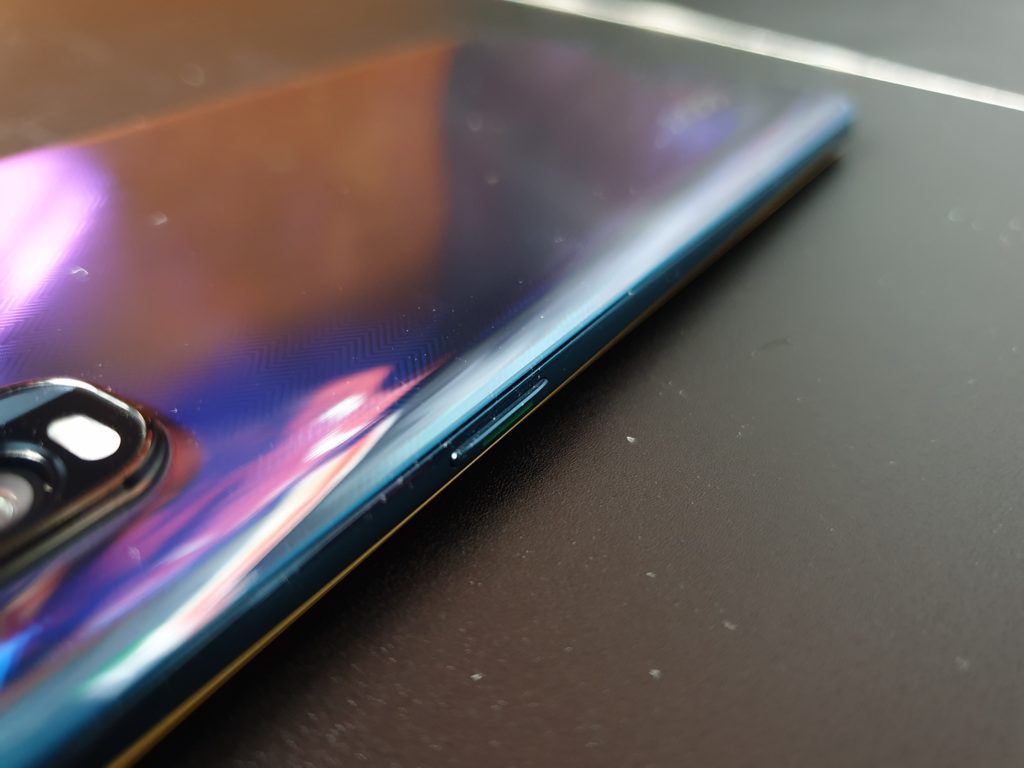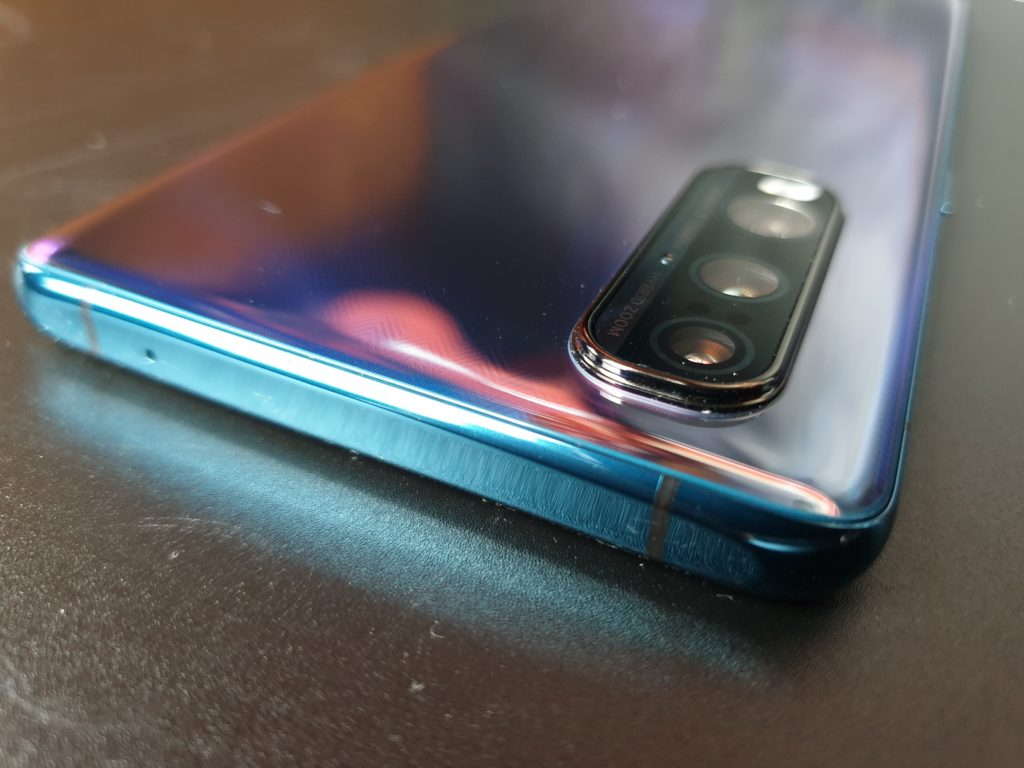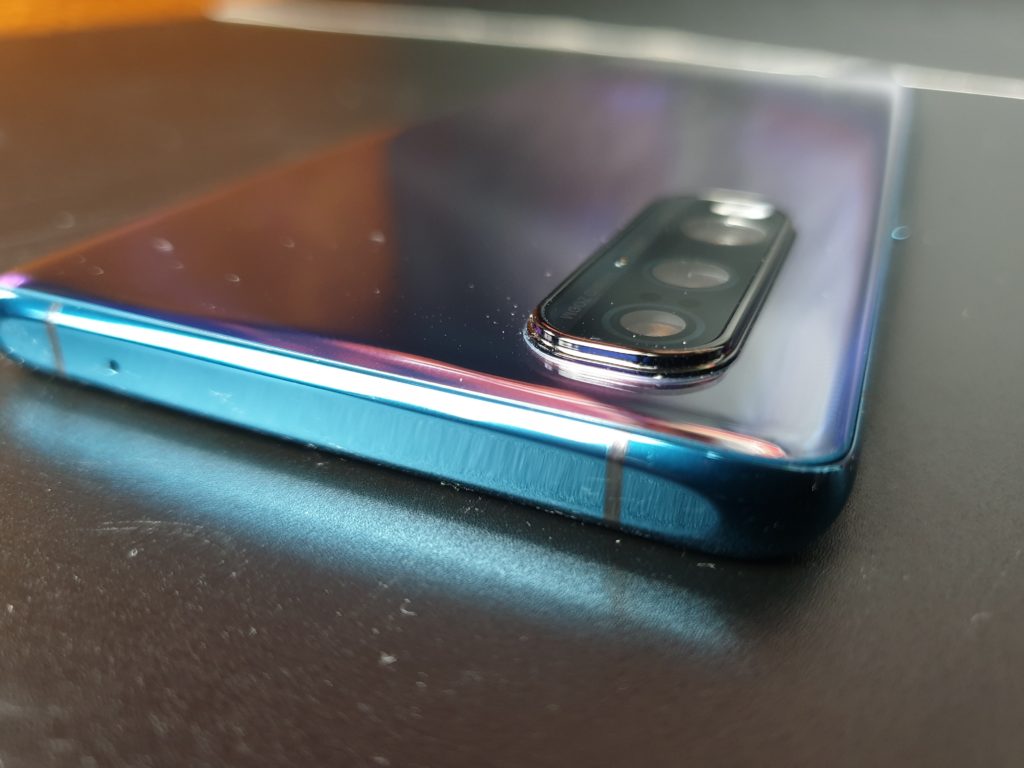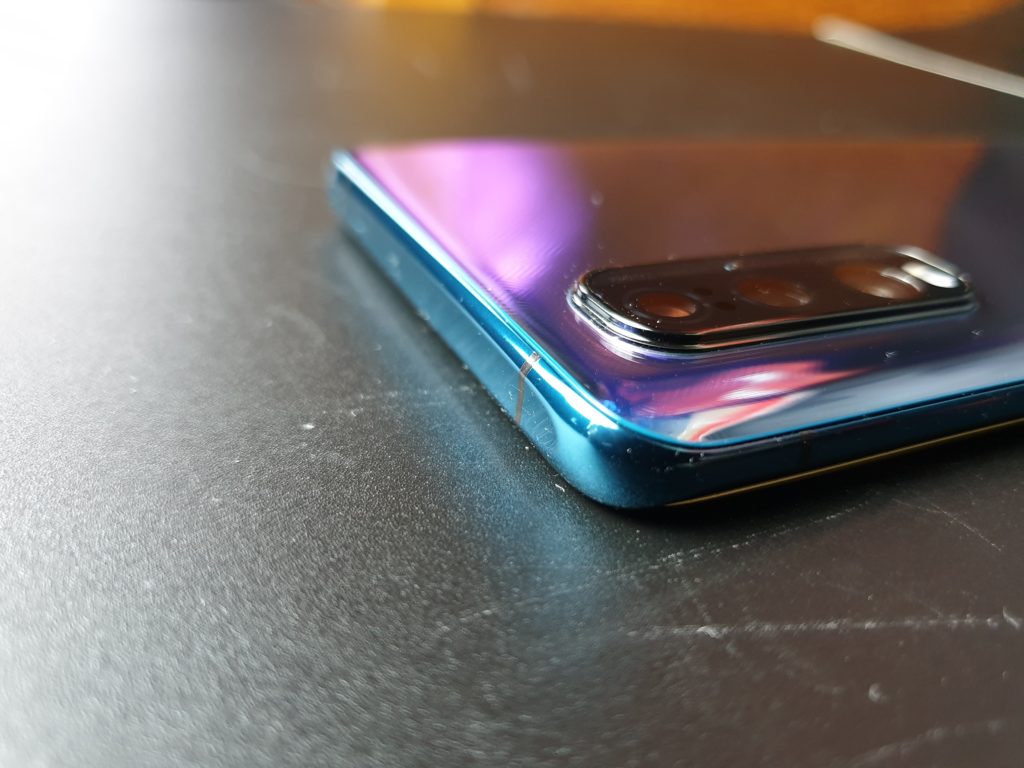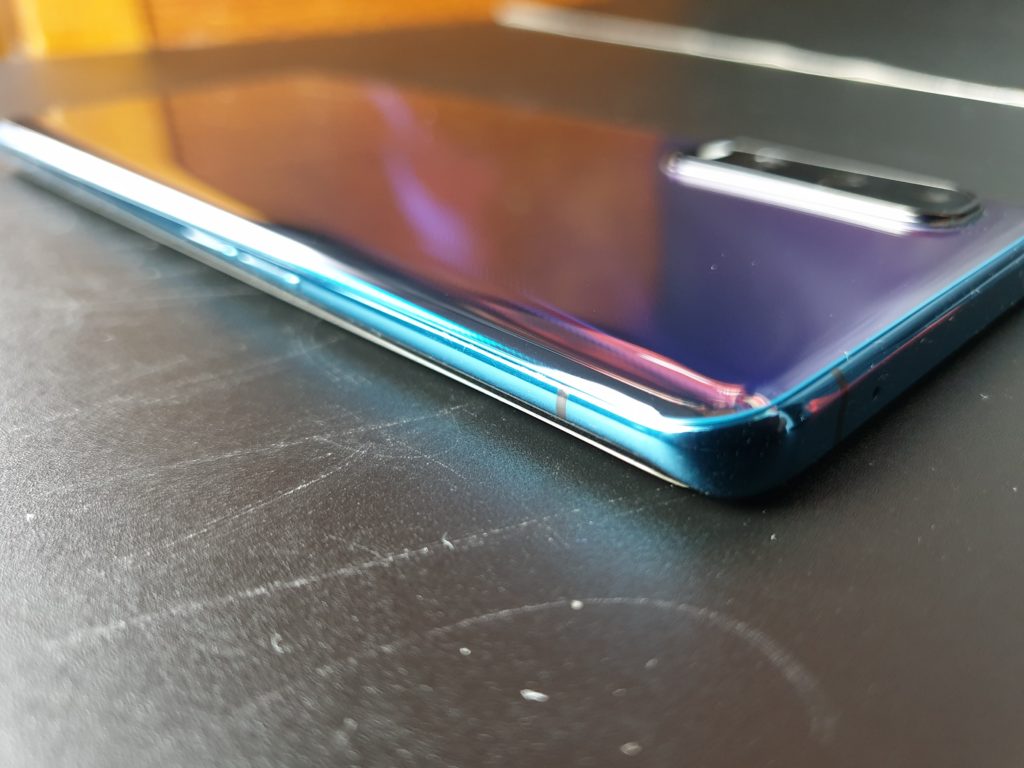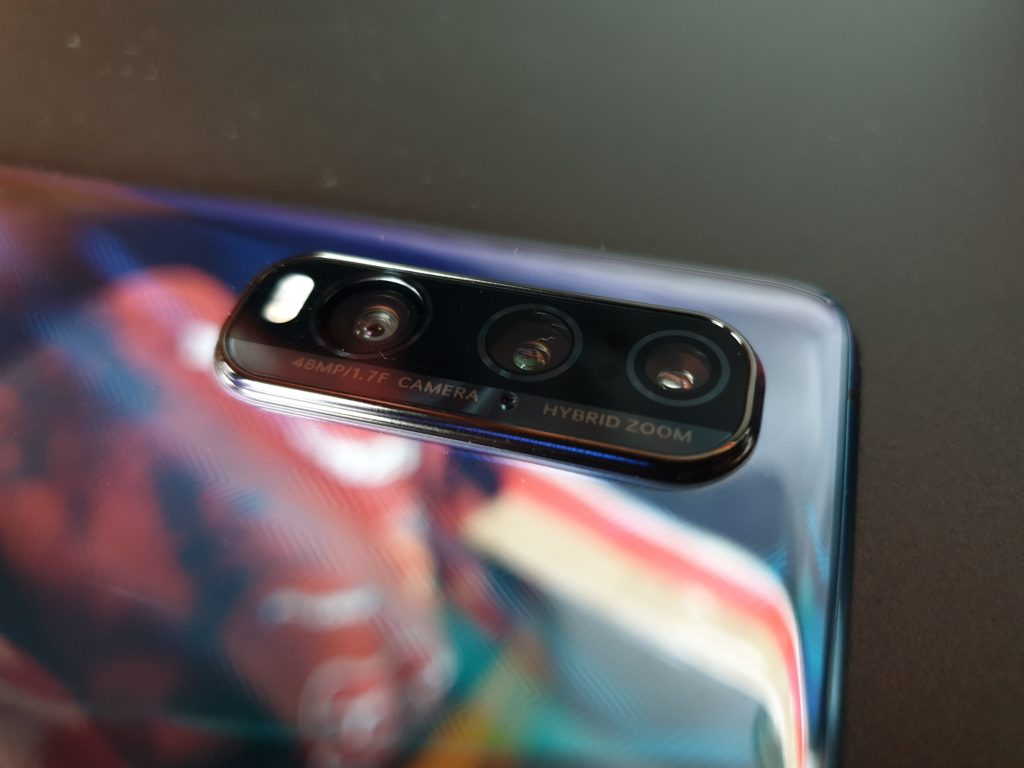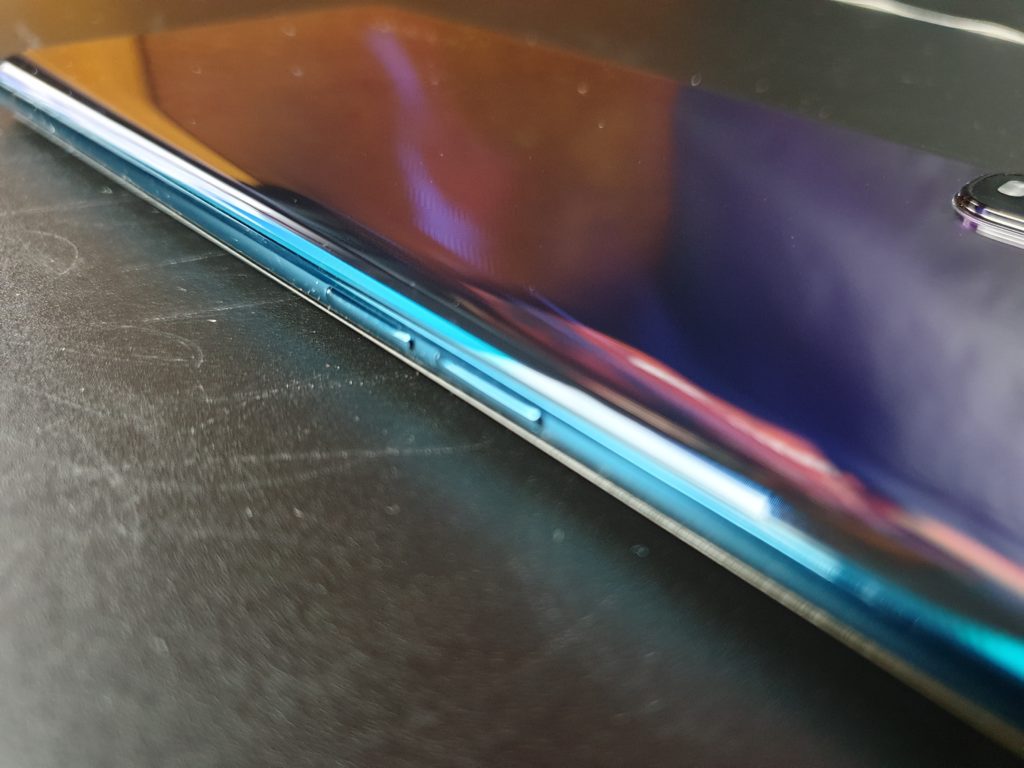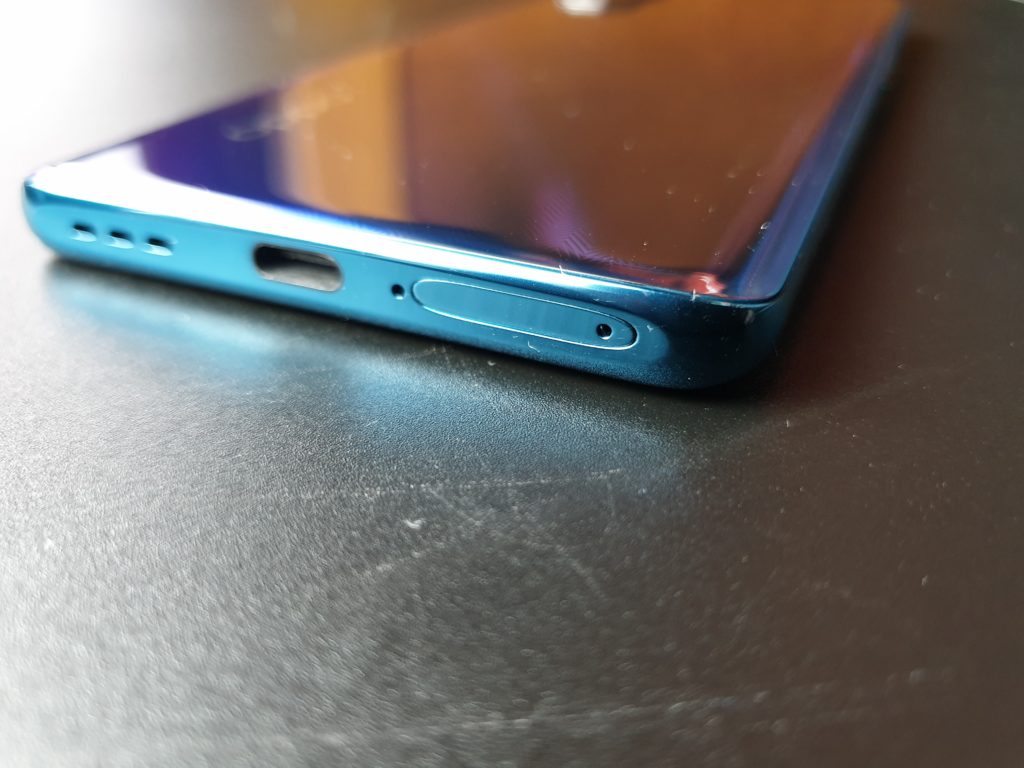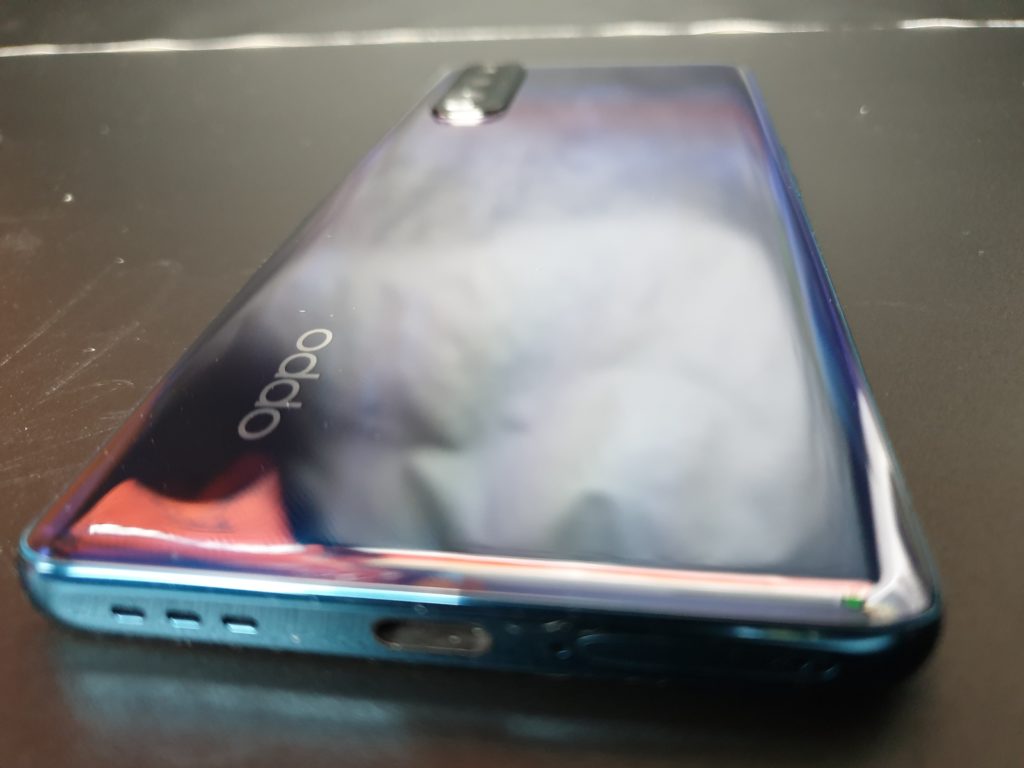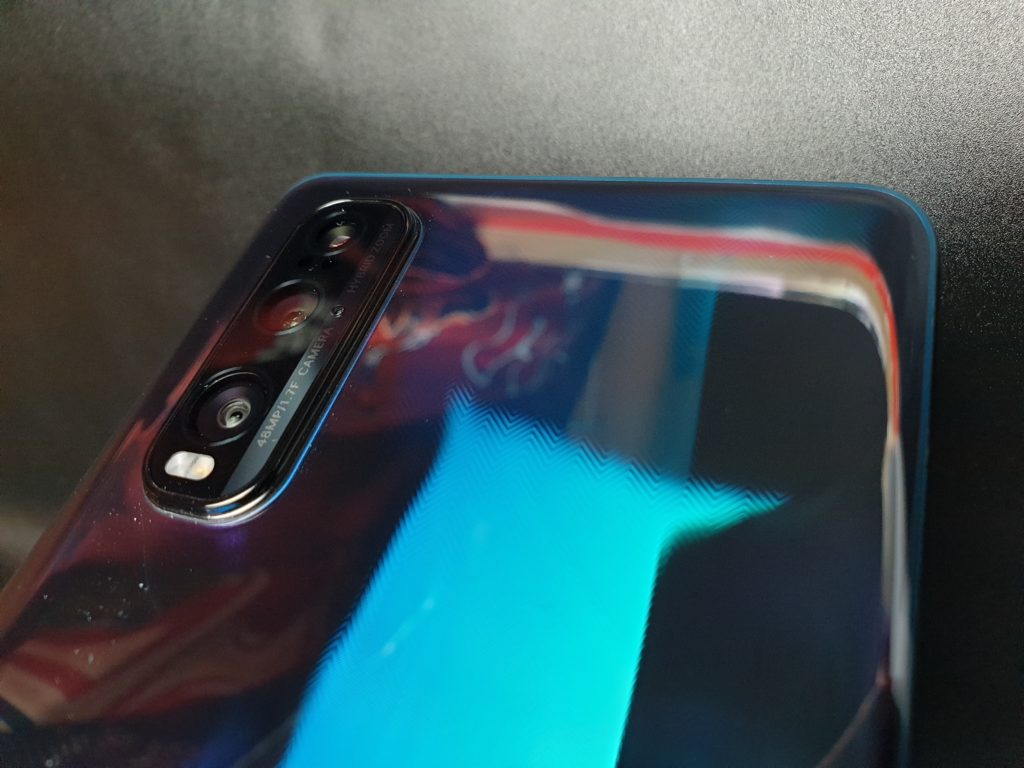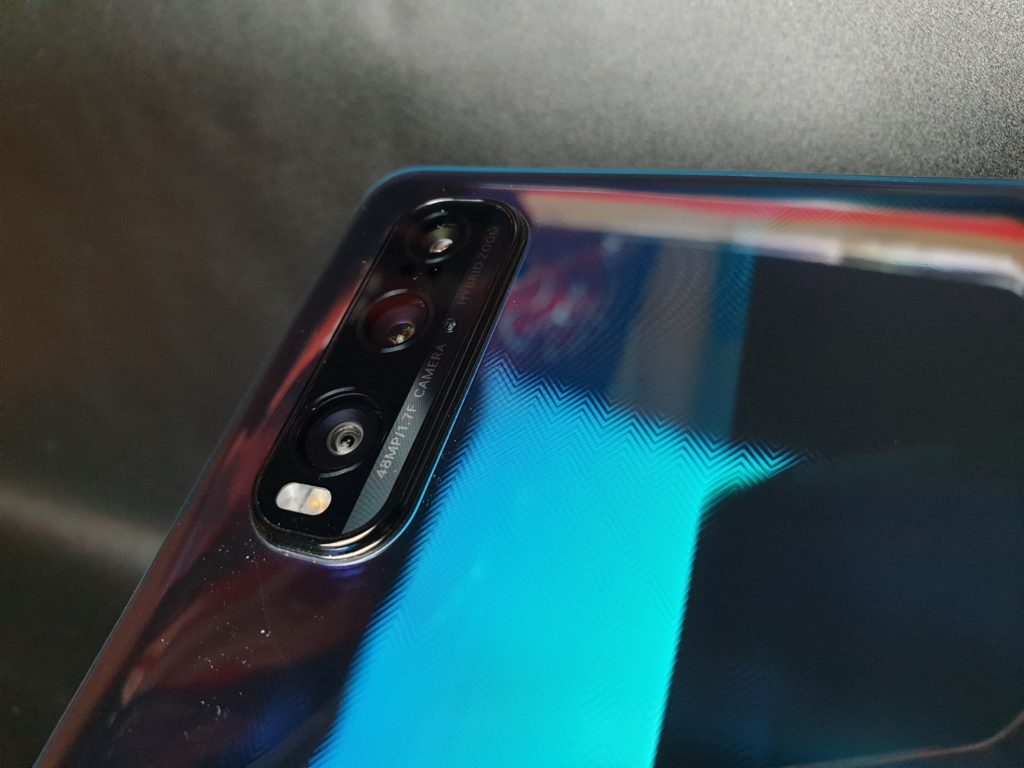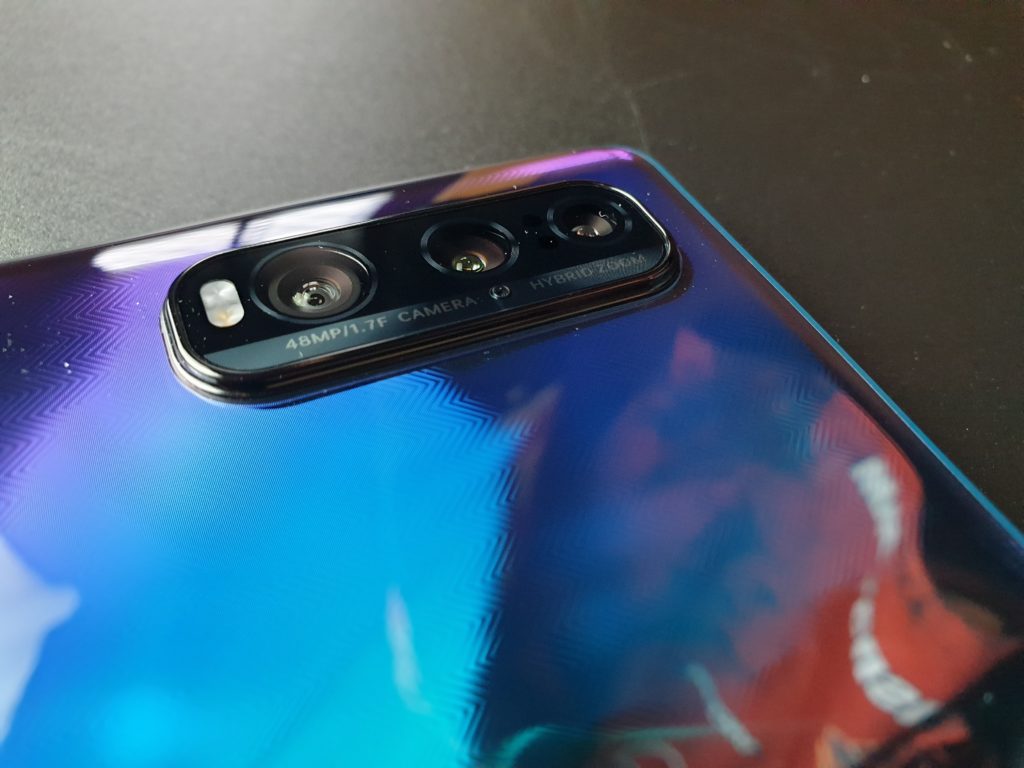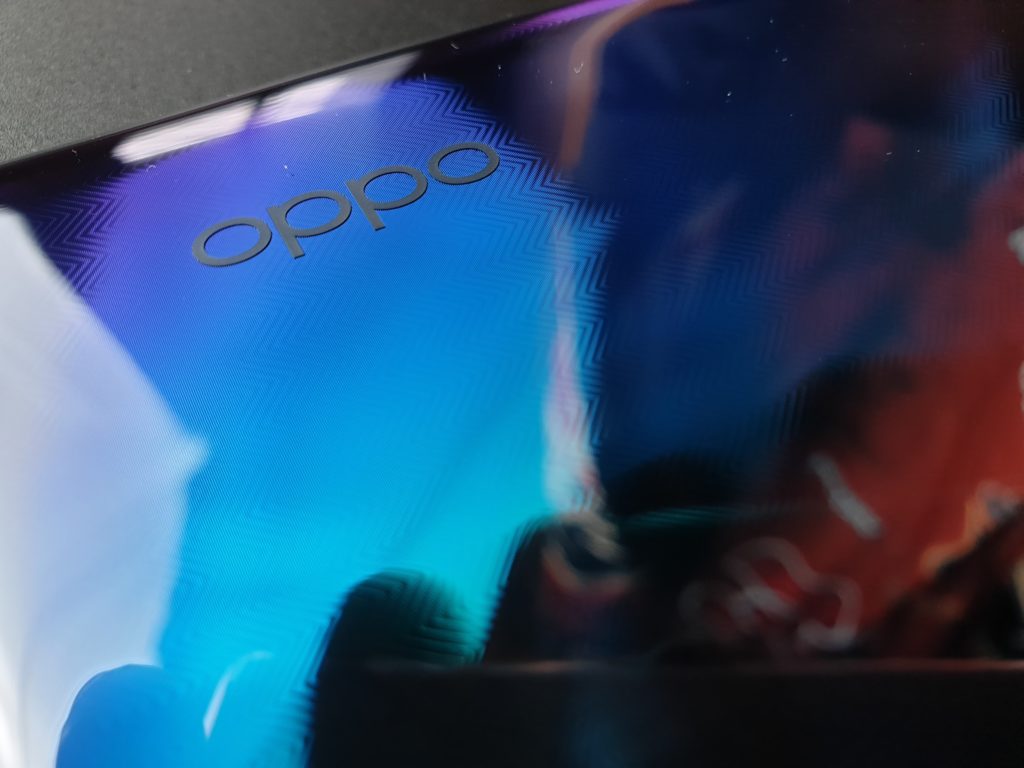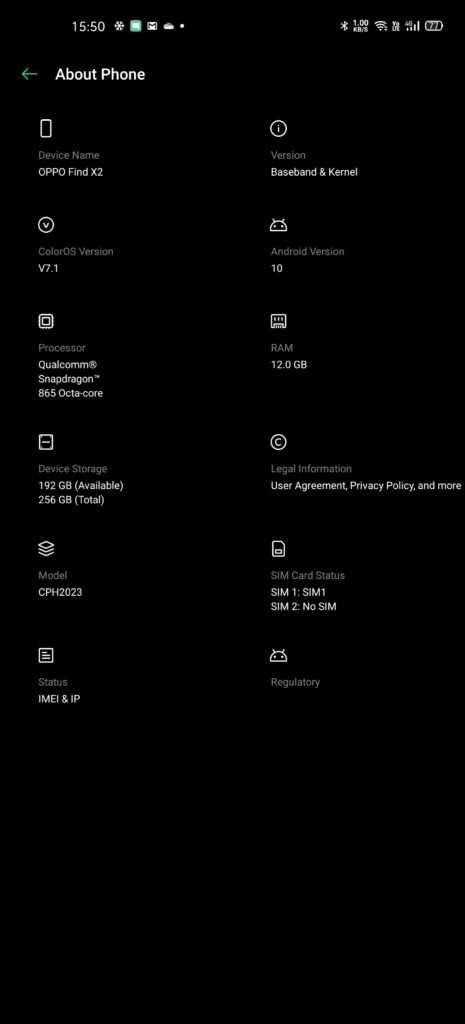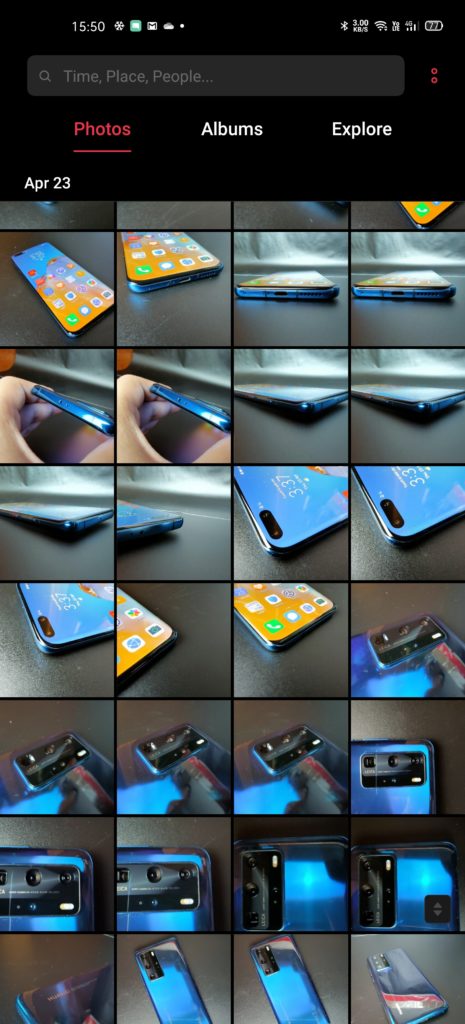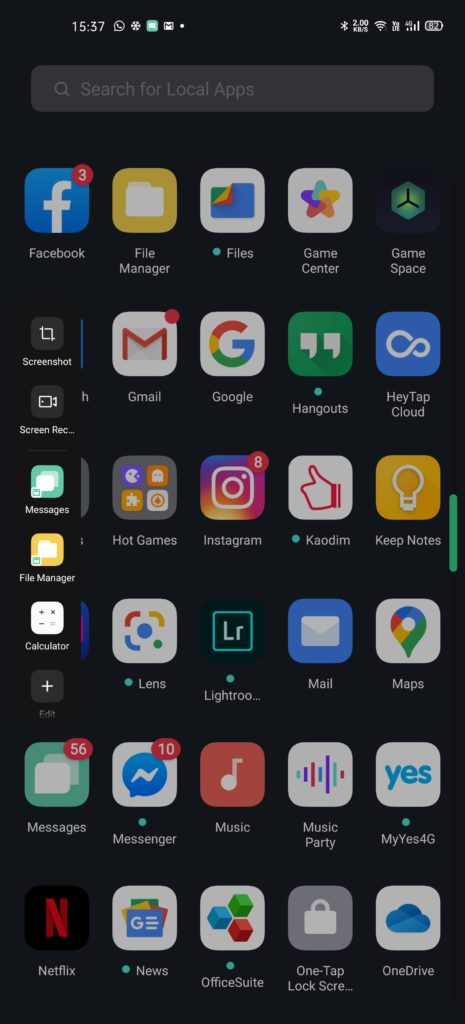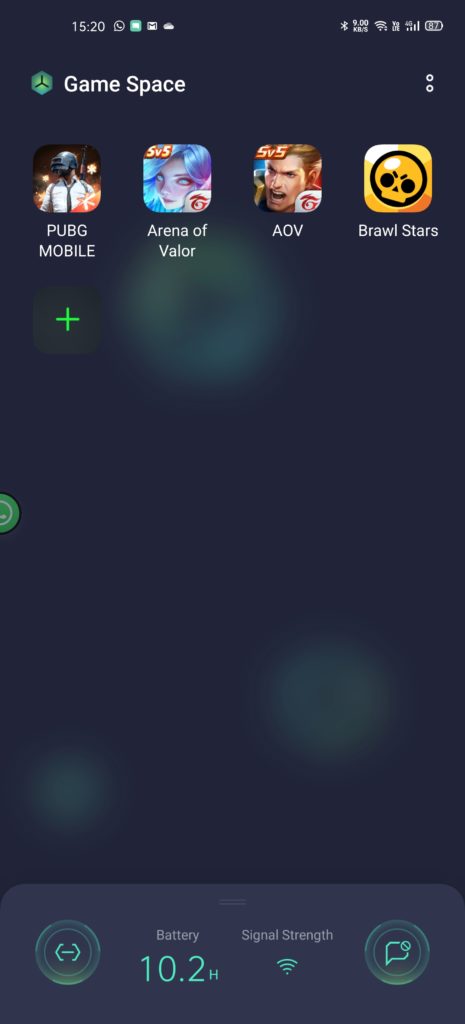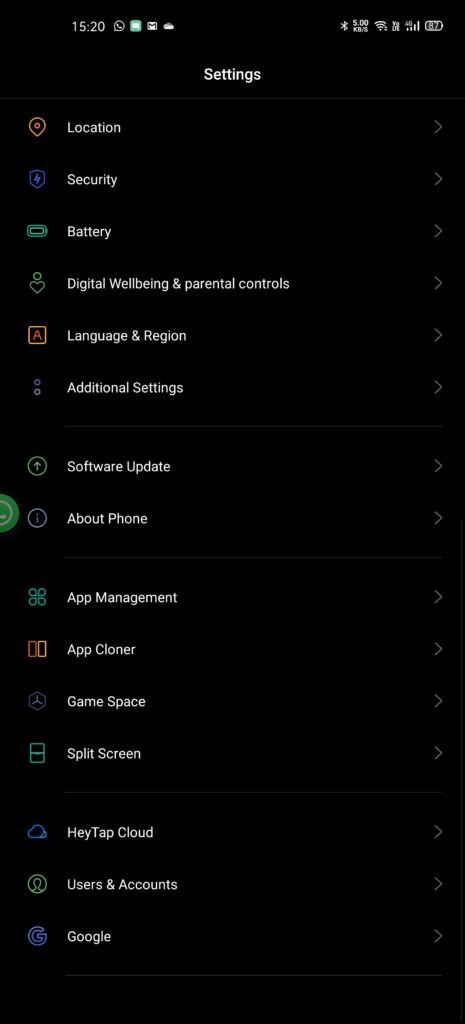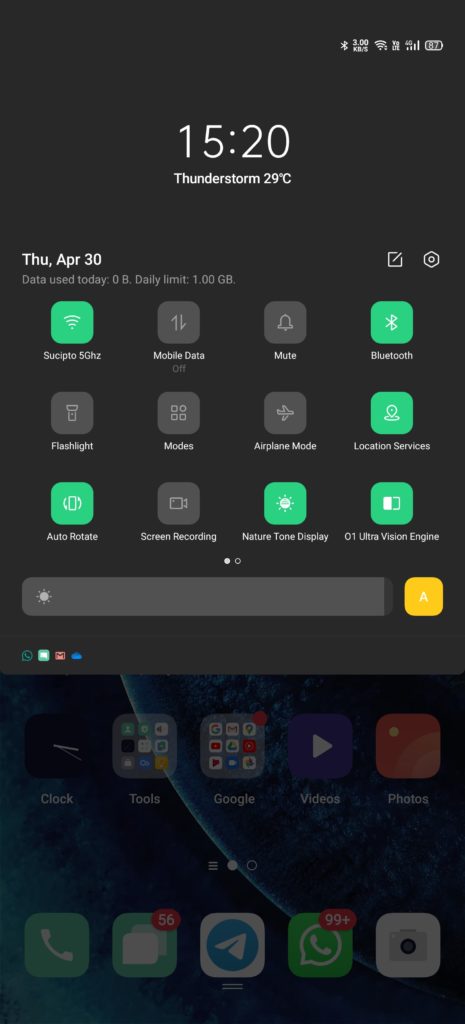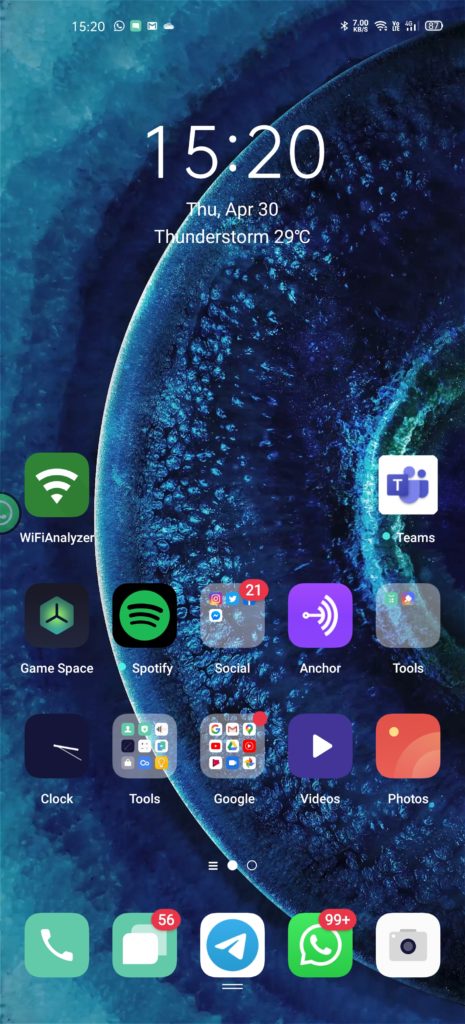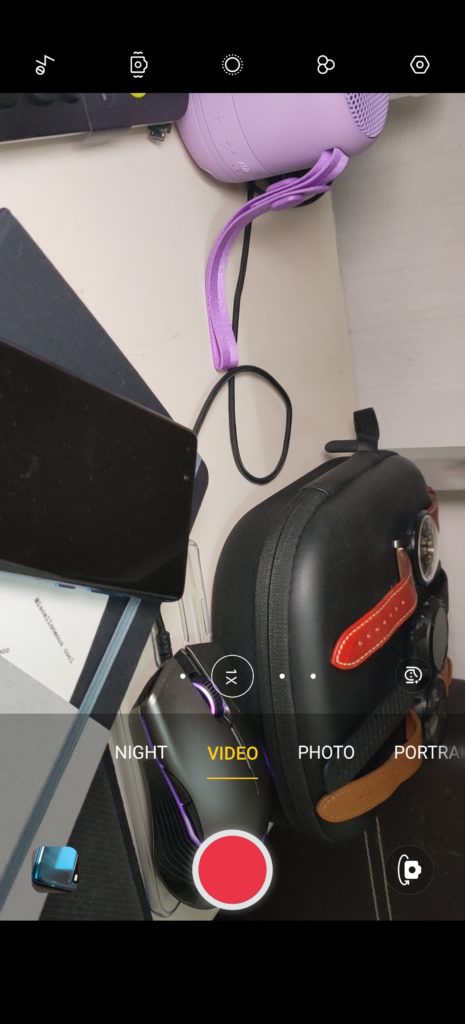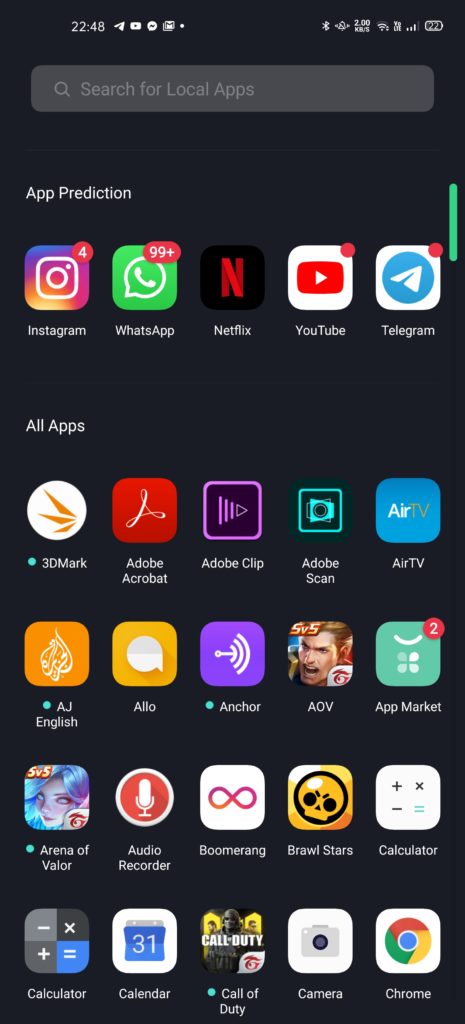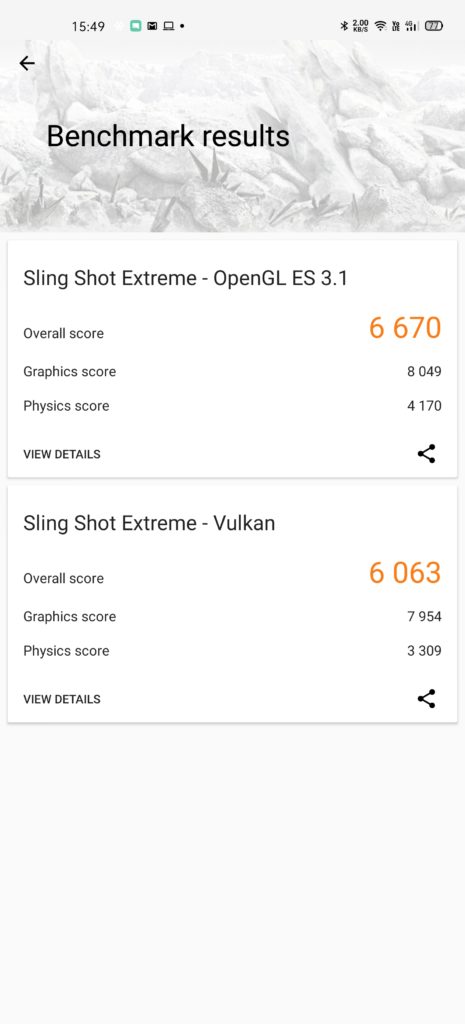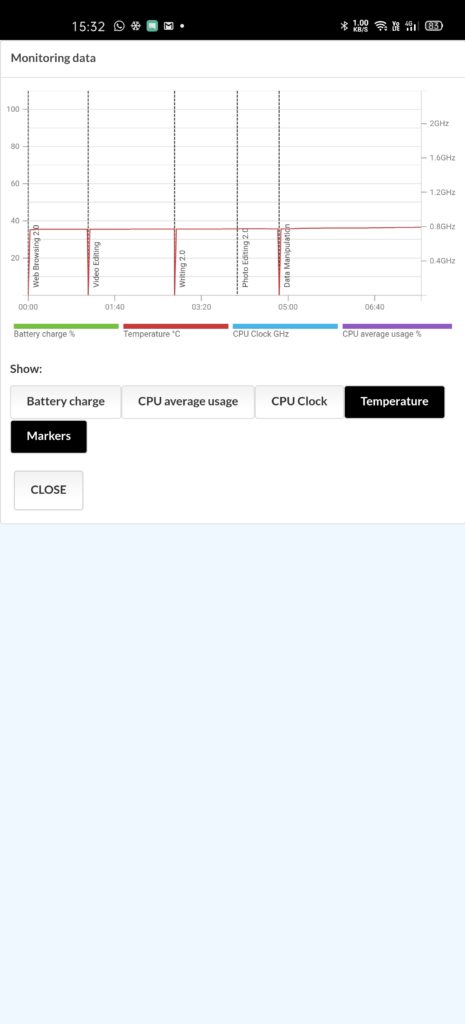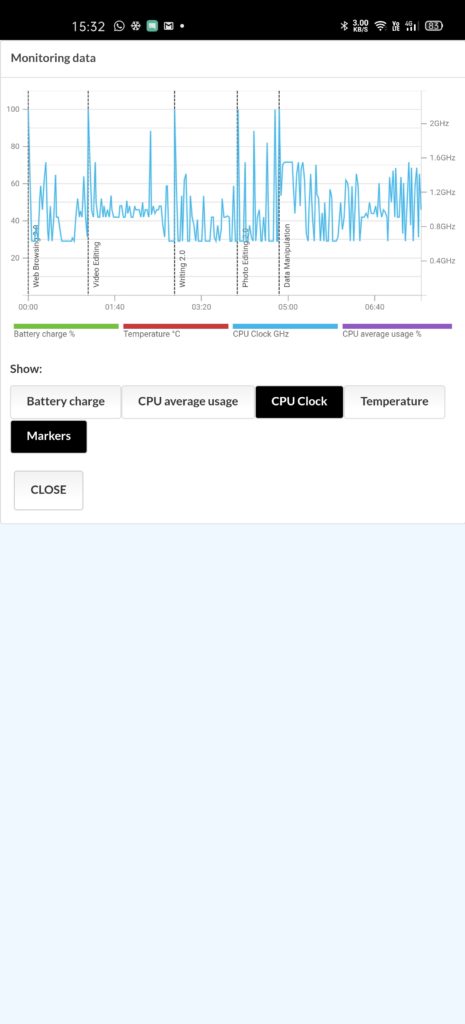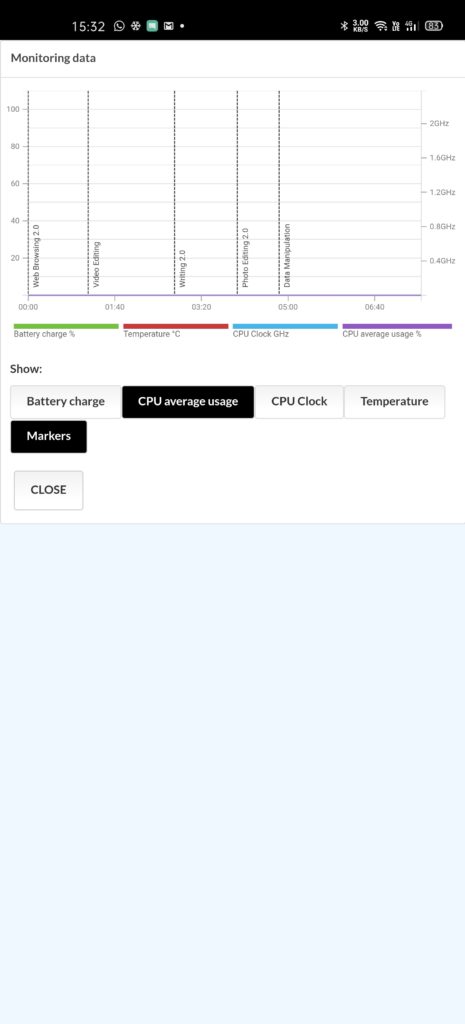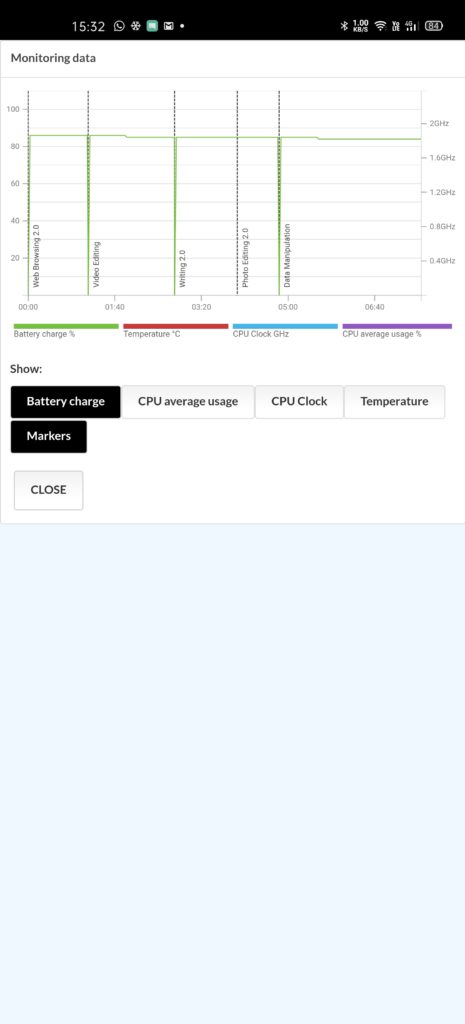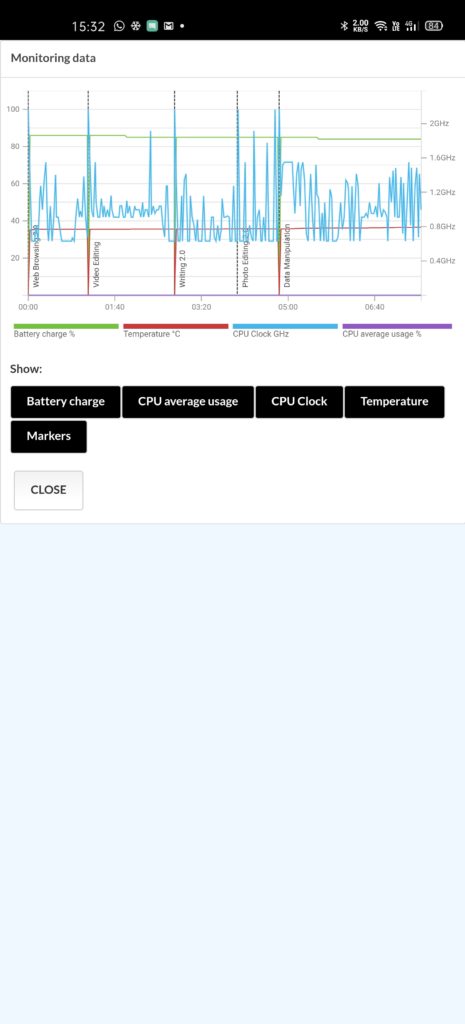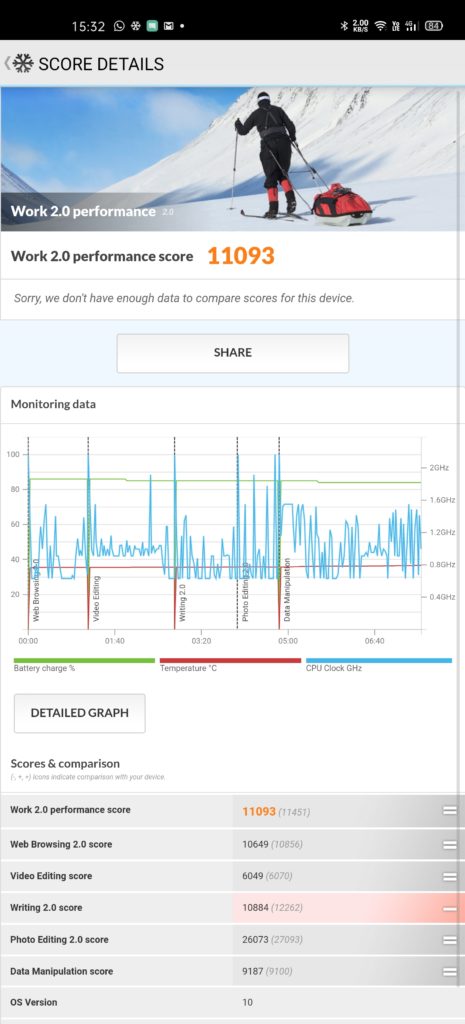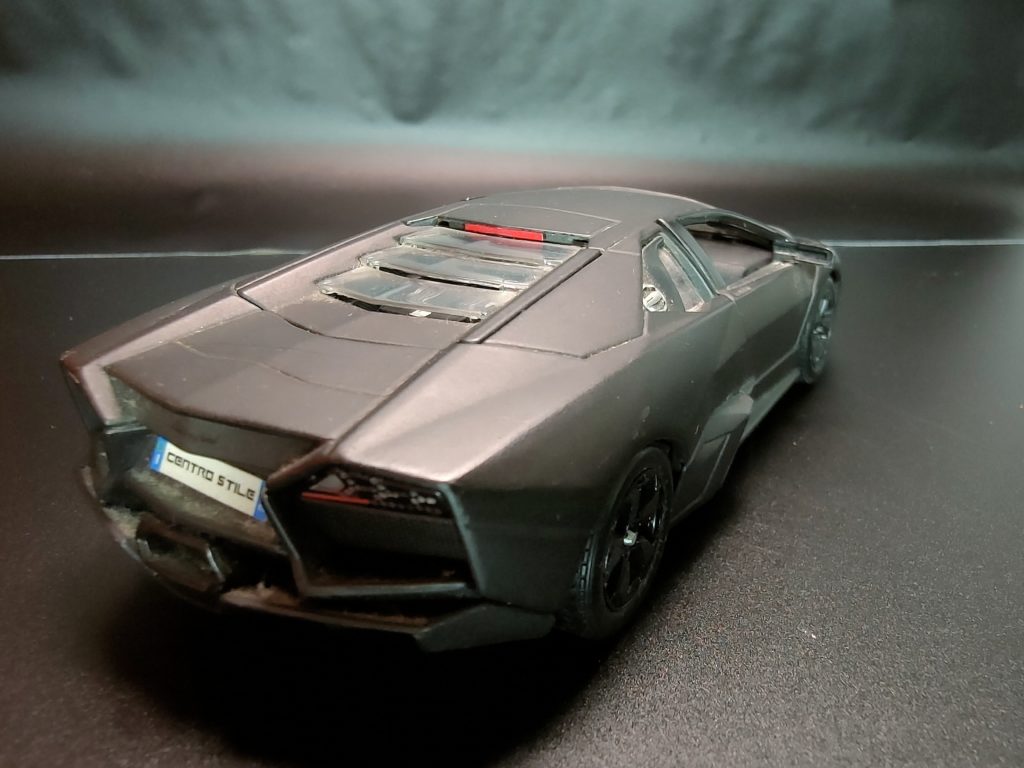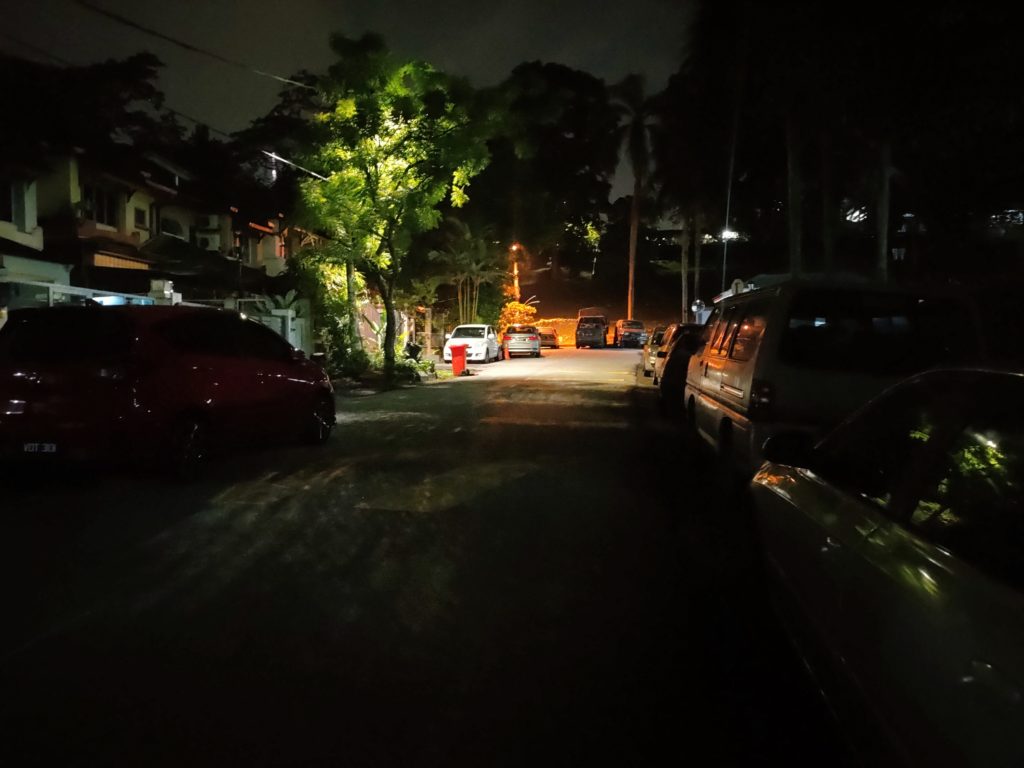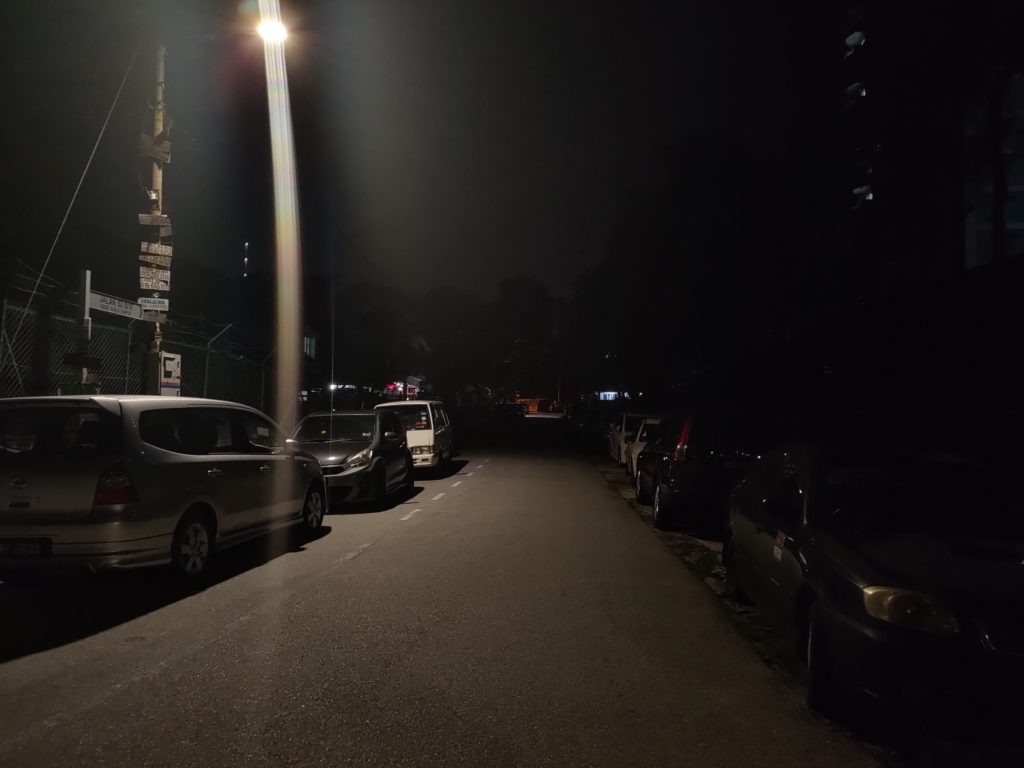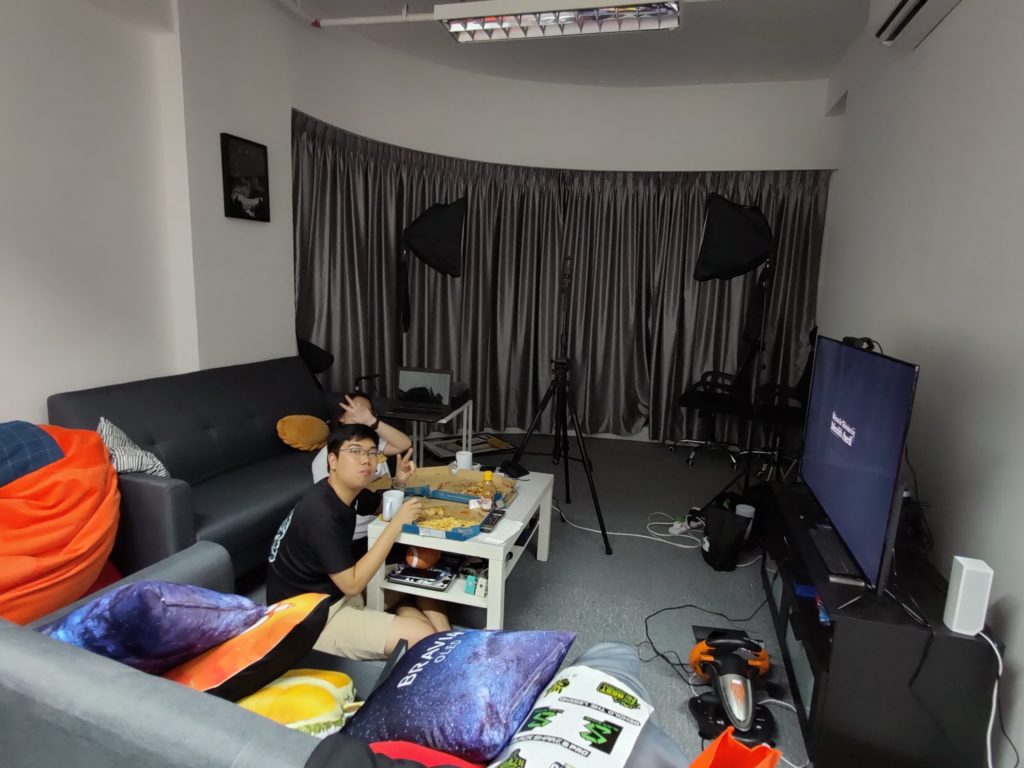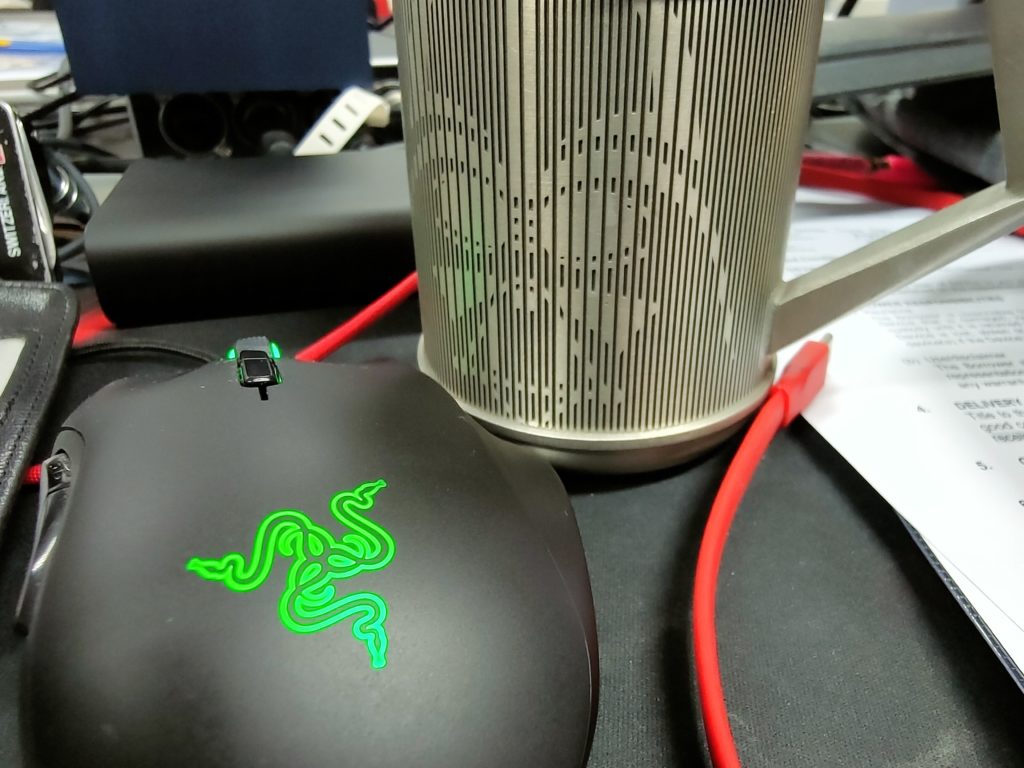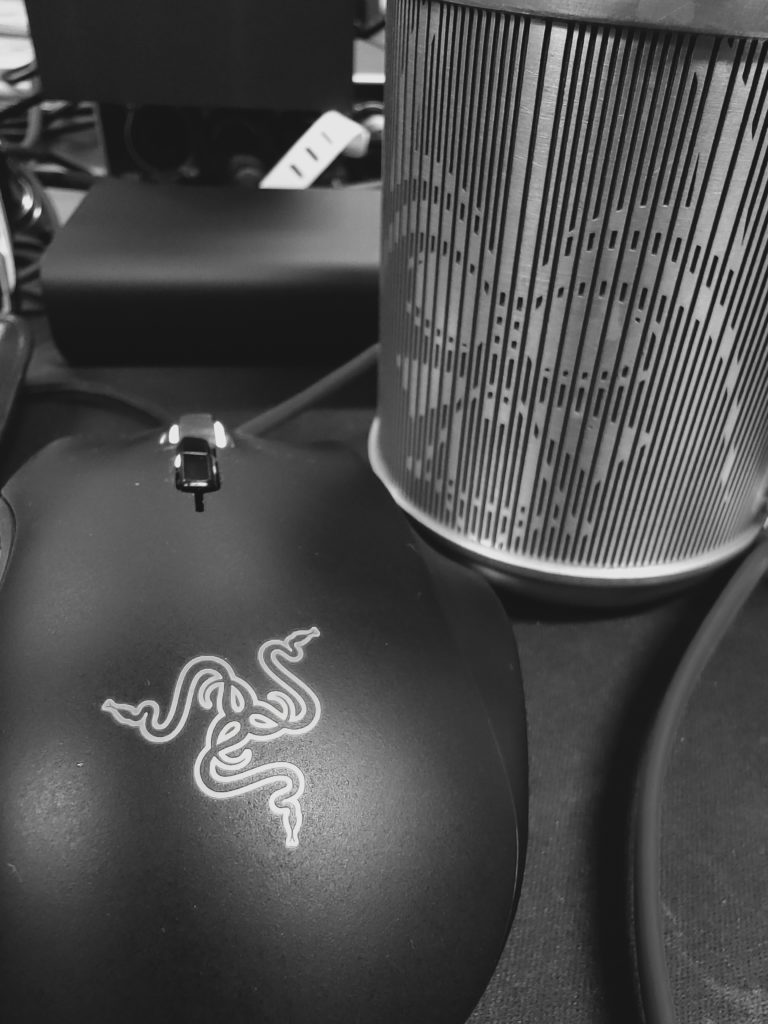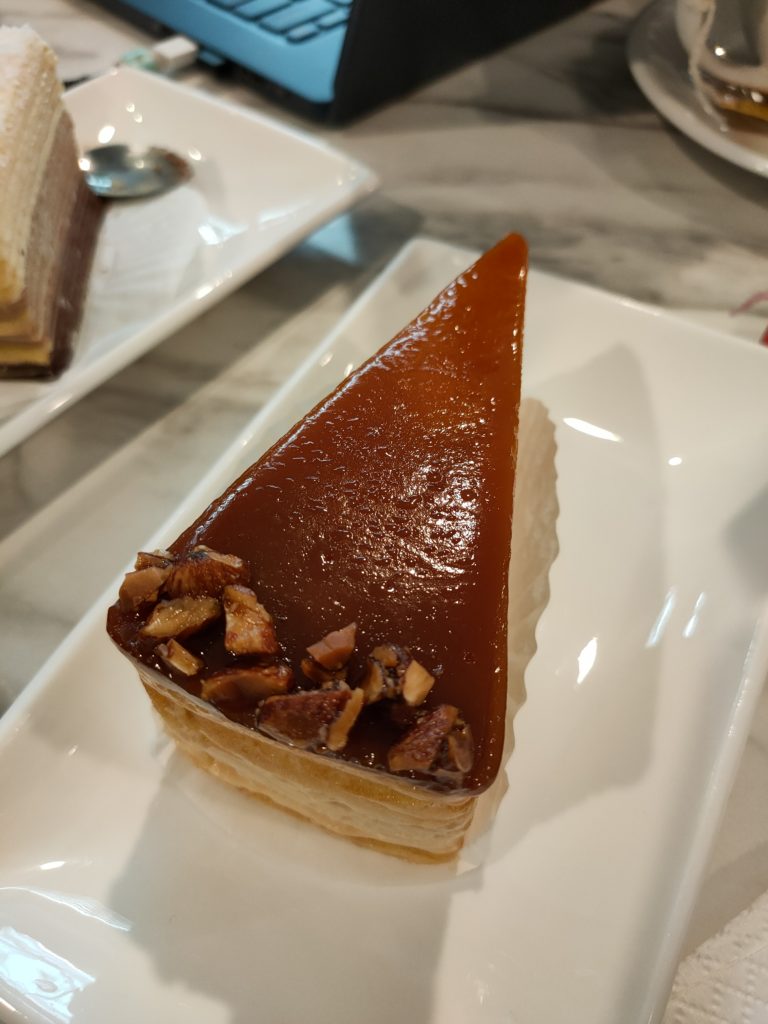We all know OPPO as the brand that makes really good entry-level and mid-range Android smartphones. While their early days are filled with devices that are outrightly outrageous in design and concept, they started making headlines when they started moving into the iPhone-esque design language later.
To be fair though, we do really like the OPPO Smartphones that came out a little longer than two years ago. I had the privilege of owning an OPPO R9s Plus and loved the device. A poor man’s iPhone, if you might; it has all the things that the fruit brand has at the time, with nearly the same interface (it is still and Android device by the way). The ColorOS at the time was very much driven by what the iOS looks and feels like.
While that is very pretentious of them, we do not think that the similarities are a bad thing. It is lighter than most Android overlays, simple to operate, and smooth. This is not a review of the older OPPO devices though. This is a review of a brand new OPPO flagship. This is a review of the OPPO Find X 2.
The OPPO Find X2 is two years in waiting since its first iteration in the OPPO Find X. It is a successor to what can be described as OPPO’s most premium device of its time. That design language that OPPO took on also spawned other beautiful looking devices like the OPPO Reno range. It inspired other smartphone manufacturers to go on the charge toward a borderless, notch-less displays with pop-up drawer mechanism for the front- facing cameras.
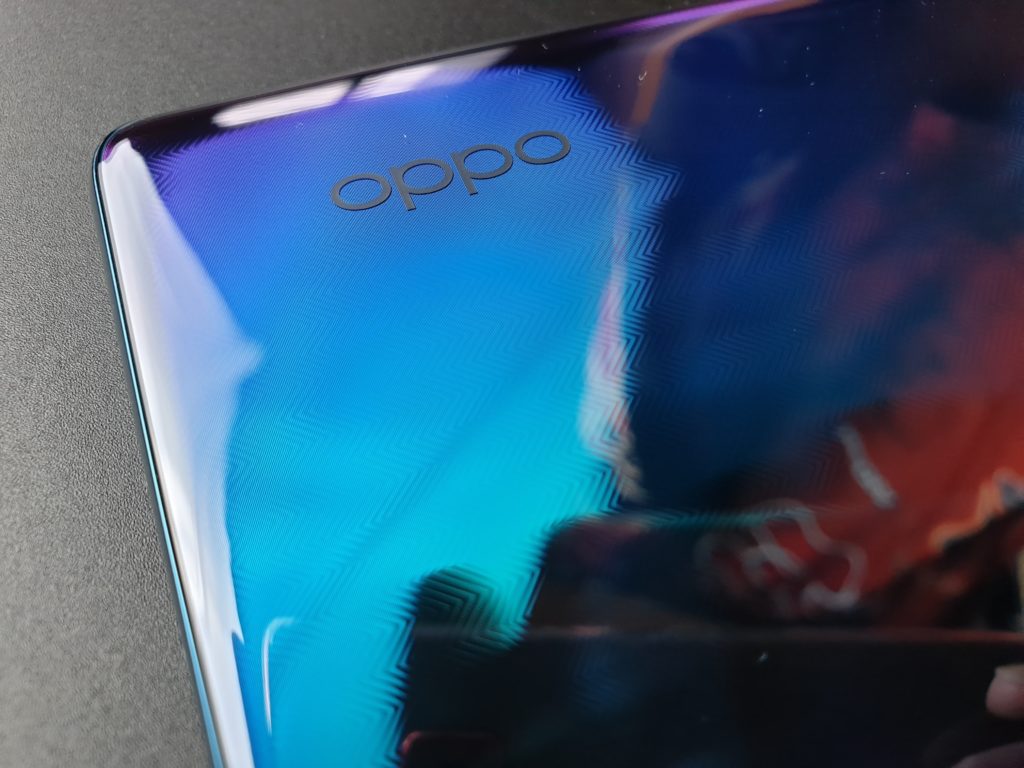
It was also very expensive, the OPPO Find X. In Malaysia, it sold for MYR 3,699 – unheard of from an OPPO device. While spending more than MYR 3,000 on an OPPO, at that time, is quite absurd, the OPPO Find X was no doubt OPPO’s breakthrough device. It brought OPPO into the premium smartphone market game and the discerning European market.
The new OPPO Find X2 though is a little more expensive than what it replaced. It is now MYR 3,999. This is just a standard OPPO Find X2, mind you. The Find X2 Pro variant is MYR 400 more than this regular Plain Jane edition, beyond the MYR 4,000 range. Ridiculous? We think so too, for an OPPO of all things. Is it worth it though? Should you spend MYR 3,999 on an OPPO smartphone? We dive in and find out.
Design
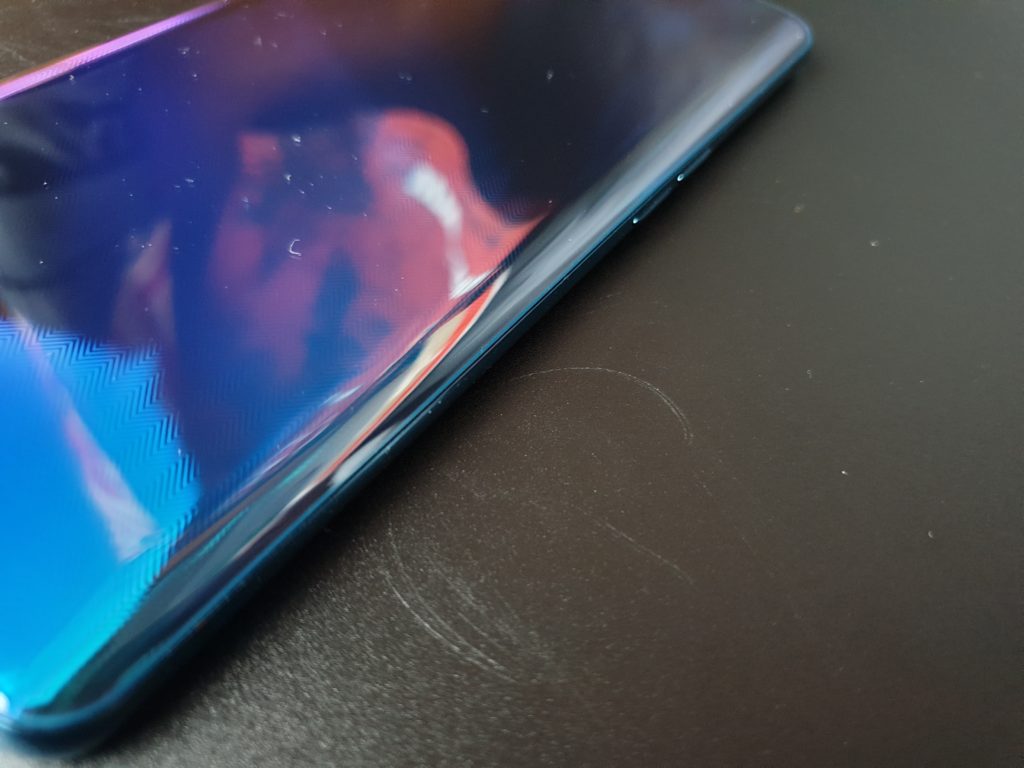
The OPPO Find X at launch was a looker of a device. It was like nothing we have seen before with a swagger of a display that has not notches or disturbances along its smooth, straight bezel. The back is nicely curved in for better ergonomics. The glass that curved though reflected lights differently from every angle. It was available in two unique colours and they were gorgeous. The Lamborghini edition was also stunning. Of course, the special collaboration edition was also staggeringly expensive.
The OPPO Find X2 has none of that drama. The bezel lines are still undisturbed. There is a gaping hole in the display instead. That is also to say that there are no hidden mechanisms to surprise you with a front camera. Less moving parts, less worry; they say. But that also means that it is now an IP68 rated device. You can bring it to the swimming pool, and it will be okay. You can soak it under the rain, and it would not matter.
Its display is bigger, but the device feels no bigger, or heftier than the OPPO Find X. All this though, is not saying that the device is an ugly one. It is not an ugly device. In most consensus, it is a pretty looking device. It curves in all the right places to make it feel less unwieldly that it actually is. They even offered it in the right colours. Its Ocean Blue is stunning to look at. The Black, well, it is black except in more durable ceramic finish.
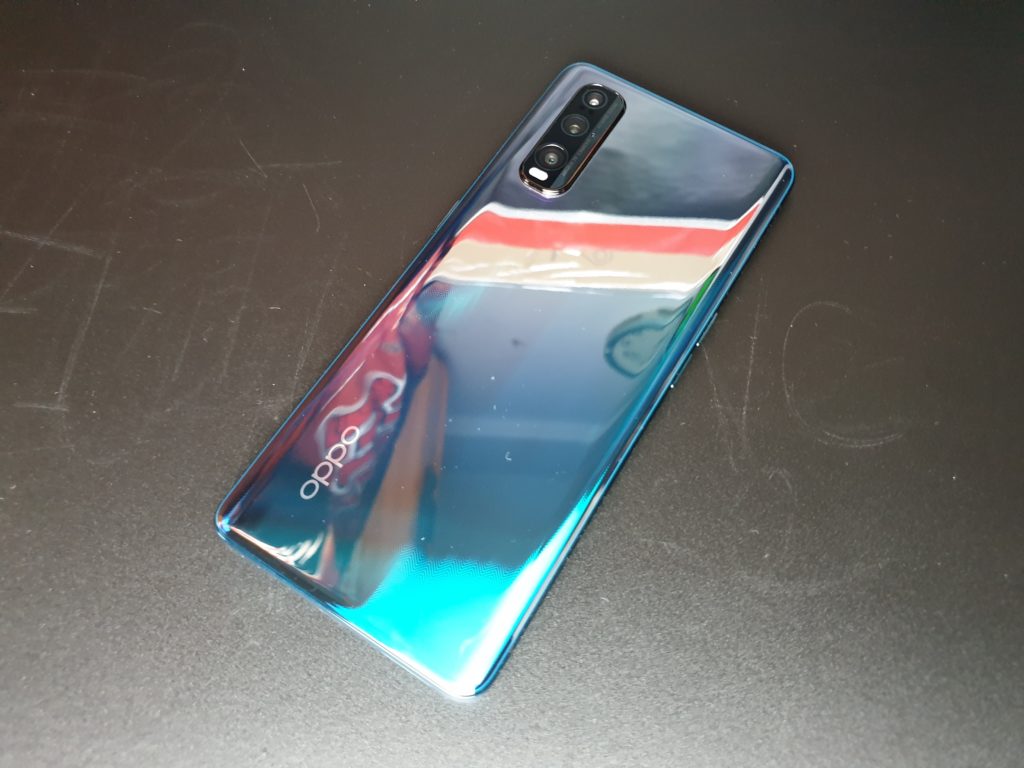
It does not give a sense that it is a special device though. At the back is a camera module that houses three cameras like nearly any other flagship you find in the shops today. There is nothing that makes this device stand out from the rest of the smartphone market like the original OPPO Find X. It looks plain, it looks regular. Still, good looking, but nothing special or out of the ordinary, a little bit safe.
Unlike some manufacturers that puts the volume and power button on the same side, OPPO still goes for the one button per side layout. There are no recesses on the device to indicate a fingerprint sensor. You can access that fingerprint sensor under the display though. No problem. That also means that they can have clean, smooth surfaces around the device, save for the camera bump.
Like any other manufacturer, OPPO can make the Find X2 even thinner. They did not though, and instead fit more things under the hood for better cooling and what not. Sadly, that did not include a 3.5mm jack. Although, this has been quite expected. At least there is the Stereo speakers on the device which is actually quite powerful. More on that later though.
Hardware
What greets you out of the box is a wrapped smartphone. Of course, it is. If you bought your new smartphone and open it to find an unwrapped smartphone, you should contact your vendor and get it replaced. Anyway, under the plastic wrapping is a 6.7-inch display that is one of the most wonderful displays I have ever come across.

More on that later, though. A powerful display requires great hardware to put it through its paces and take full advantage of it. So, this comes with the most powerful one in Qualcomm’s stables at this time – a Qualcomm Snapdragon 865. That ultra-powerful System on a Chip (SoC) is packing some power with 12GB of RAM in tow.
Specifications
| Processor | Qualcomm Snapdragon 865 Octa-core 1x Kryo 585 @ 2.84GHz 3x Kryo 585 @ 2.42GHz 4x Kryo 585 @ 1.80GHz |
| Graphics Processing Unit (GPU) | Adreno 650 |
| RAM | 12GB |
| Memory (as tested) | 256GB UFS 3.0 |
| Display | AMOLED 6.7-inch 1,440 x 3,168 pixels ~513ppi HDR10+ 120Hz refresh rate 240Hz response rate 800 nits max brightness 10-bit |
| Operating System | ColorOS 7.1 based on Android 10 |
| Battery | Non-Removable Li-Po 4,200 mAh Fast Charging 65W (SuperVOOC 2.0) |
| Connectivity | Dual SIM Wi-Fi WLAN 802.11 a/b/g/n/ac/ax GPS/A-GPS, GLONASS, GALILEO, BDS A2DP Bluetooth 5.1 LE OTG Support USB 3.1 Type-C NFC |
| Camera (s) | REAR: 48-Megapixel (f/1.7, 0.8µm 1/2″ 26mm wide angle) 13-Megapixel (f/2.4, 52mm 2x optical telephoto) 12-Megapixel (f/2.2, 16mm ultra-wide angle) Dual-OIS Phase Detection Autofocus (PDAF) HDR Dual-LED Flash 4K Video recording (60fps) FRONT: 32-Megapixel (f/2.4, , 1/2.8″, 0.8µm) Full HD video recording (30fps) |
| Sensors | Accelerometer Proximity Fingerprint (in-display) Ambient Light Gyroscope Face Unlock Compass |
| Miscellaneous | Stereo Speakers Dolby Atmos sound |
User Interface – The ColorOS 7.1
The new ColorOS 7.1 is based on Google’s latest Android 10. In our opinions as well, it is the best ColorOS to date. Of course, it should be, since it is the latest. That is not what we are talking about though.
ColorOS has gone through some very drastic transformations over the years. It started out and sort of grew as an alternative to other Chinese Operating System (OS) overlays. It was still an Android, correct. But it had its fair share of quirks. Most of the time, its known for its mimicry of Apple’s user interface.
Even its colours schemes matched the fruity brand from Cupertino most of the time. Its layout is super similar until you get into the settings panel where it is all Android. There were some differences between this device and an Apple device though. You still can use widgets for example.
Now, on ColorOS 7.1, you can choose to have an app drawer. Instead of endlessly scrolling to the sides, now you can endlessly scroll the interface vertically. Technically this started from ColorOS 6.
There are some additional settings you can pull up from a small notch on the left though. That notch is quite finnicky; I occasionally open it when I do not mean to, and when I mean to, it is difficult to open. With a little bit of practice though, you can figure it out.
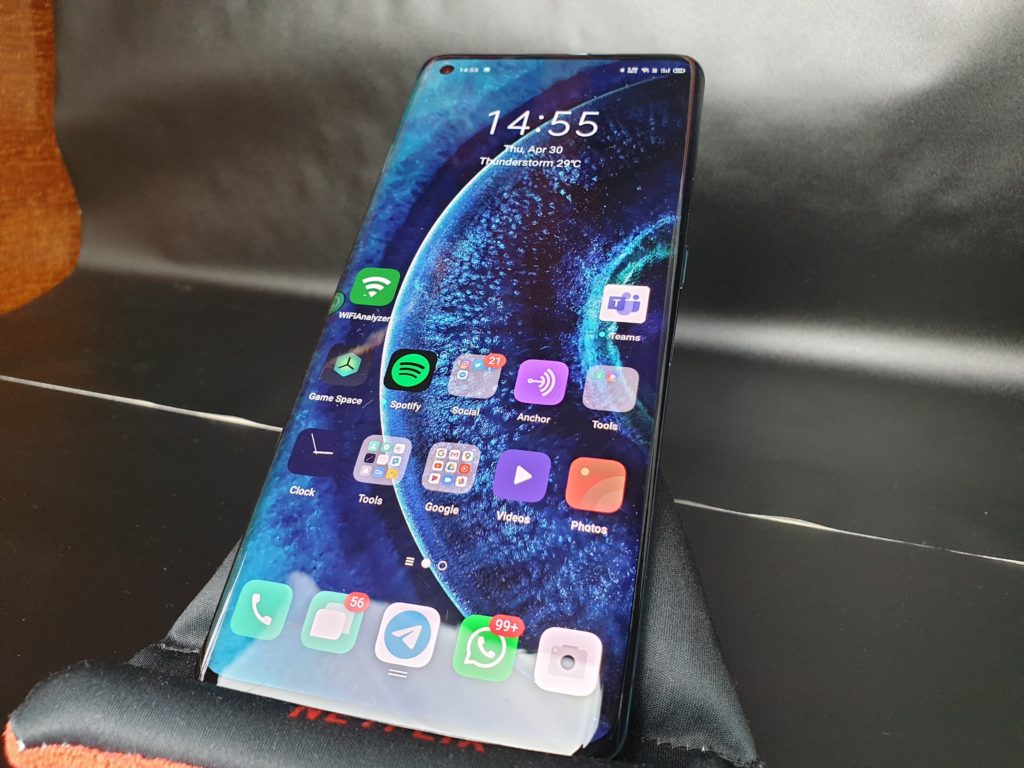
That little side panel gives you access to your favourite apps though, kind of like Samsung’s quick launch panel. Except, from that panel you can also quickly get a screenshot or record your display. Very useful sometimes when you are trying to explain something to your parents or friends on your smartphone, especially during this whole quarantine period.
Everything else within ColorOS 7.1 resembles a near vanilla Android 10. Save for the fact that you have to dig into the settings to have your app drawer. Despite that, the similarities to a stock Android interface is a good thing.
Being as vanilla as possible also means that OPPO’s ColorOS is light on Android, very light. That also means that it is fast and smooth and reliable. We’ve only noticeable encountered two lags when using the device. Once when we were trying to switch out from PUBG Mobile to Telegram, and another time trying to exit Netflix to reply WhatsApp. Just those two times though. We tried replicating the lags and stutters but cannot seem to do it after.
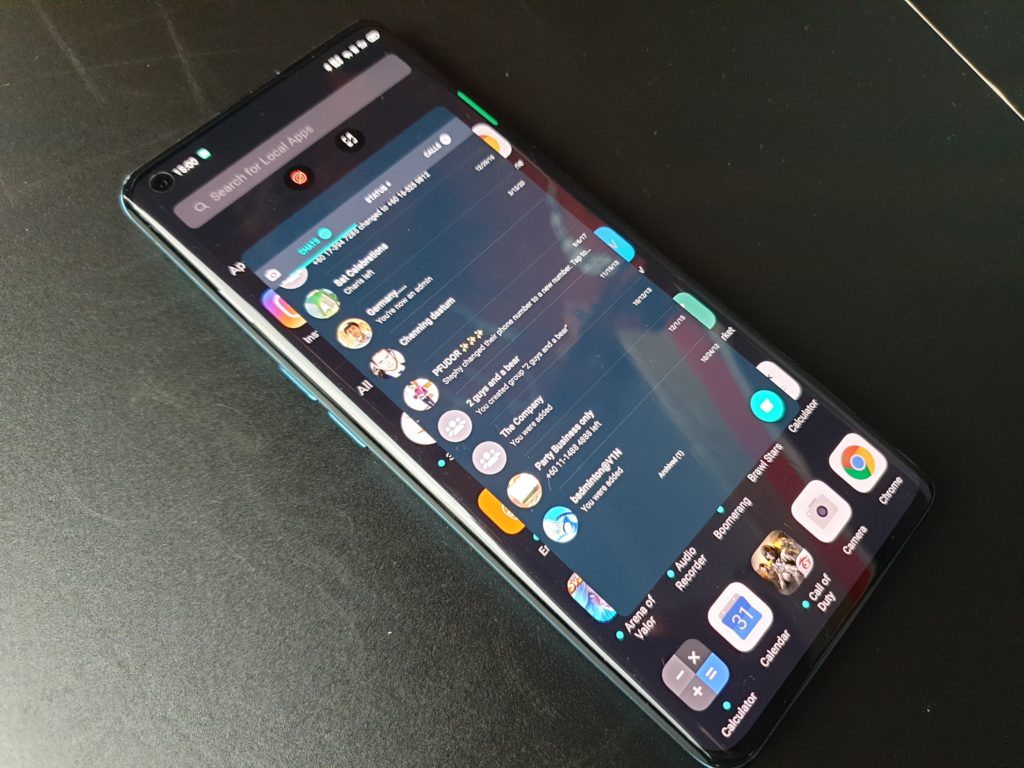
Still, you do not have to exit your apps to reply WhatsApp though. You can open WhatsApp as a separate floating window when you are watching your movies on Netflix, or entertaining yourself on YouTube, or even while resting in PUBG. When a message comes in on WhatsApp on the OPPO Find X2, you can choose to reply in floating at the notification pop-up. That is something nice.
That is not a feature that is exclusive to OPPO’s ColorOS though. Still, having that on ColorOS 7.1 is a big welcome. You technically do not have to stop what you are doing just to reply a message.
120Hz, 240Hz Experience.
The big part that contributes to how smooth and snappy the device feels in your hands is the display itself. We will dive into the colours and other technical aspects of the display later. But we are talking now about that experience of a hot knife slicing through butter. The 120Hz, while some may call a gimmick, really works wonders on the operations.
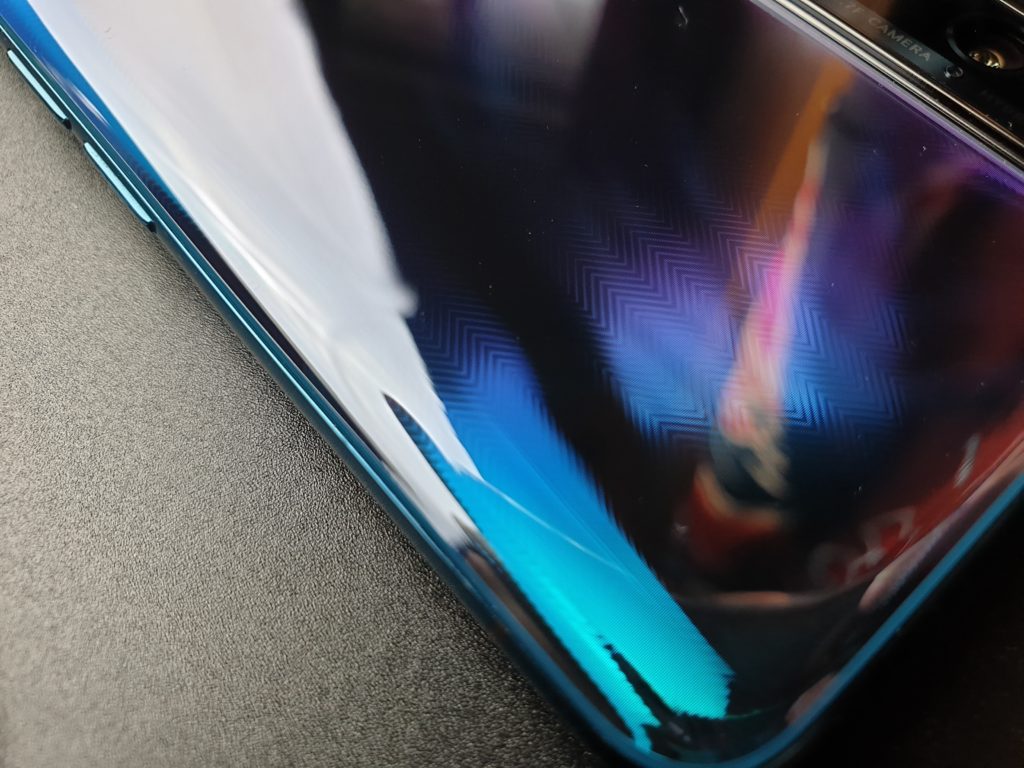
Scrolling never felt messy with the display, everything looks so smooth you can catch details on the icons. Because of the 240Hz response rate too, everything feels even more instant and snappy. Everything you touch is registered as is. The display follows your fingers, never a delay like you see on other devices sometimes. If you have a pen, you are going to see every dotted line forming as your stylus tip touches the display. It really feels good.
Launching apps never felt slow with the combination of a powerful SoC, fast responding display, and large RAM. When I picked up the device and first scrolled through the app drawer, I fell in love a little bit with ColorOS suddenly. Keep in mind, while I have high praises of ColorOS in the past, it is never my favourite interface.
Smart Assistant and OPPO App Market
Everyone is preparing for an eventuality of losing Google’s ecosystem support. It cannot be helped with the situation that HUAWEI is facing. That is also why OPPO developed their own Smart Assistant that is kind of based on Google’s Assistant. They also developed their own App Market which houses apps mostly from the Google Play Store anyway.
We feel that the Smart Assistant page is a little bit of a waste though. You access it by scrolling to the left of your home screen. We would appreciate things like news and what not, like Google’s implementation of their own assistant page.
Performance

From the User Interface experience itself, we have to say that this is a performer. It packs the latest, most powerful Qualcomm Snapdragon 865 SoC, performance is an expectation from that name alone. It also packs 12GB of RAM, which means multitasking on this thing should be a breeze.
Benchmarks
The benchmark scores are pretty much expected from a high-end SoC like the Qualcomm Snapdragon 865. Thing is, we are cannot look into benchmark scores too much. Big numbers may not equal to big performance in some cases. We still ran the benchmarks though and here they are.
Call Quality and Connectivity
Making calls is as easy as any other smartphones you have on you right now. The phone calling interface has not changed for the past 10 years so that should be the easy part. The less easy part is sometimes the phone call itself.
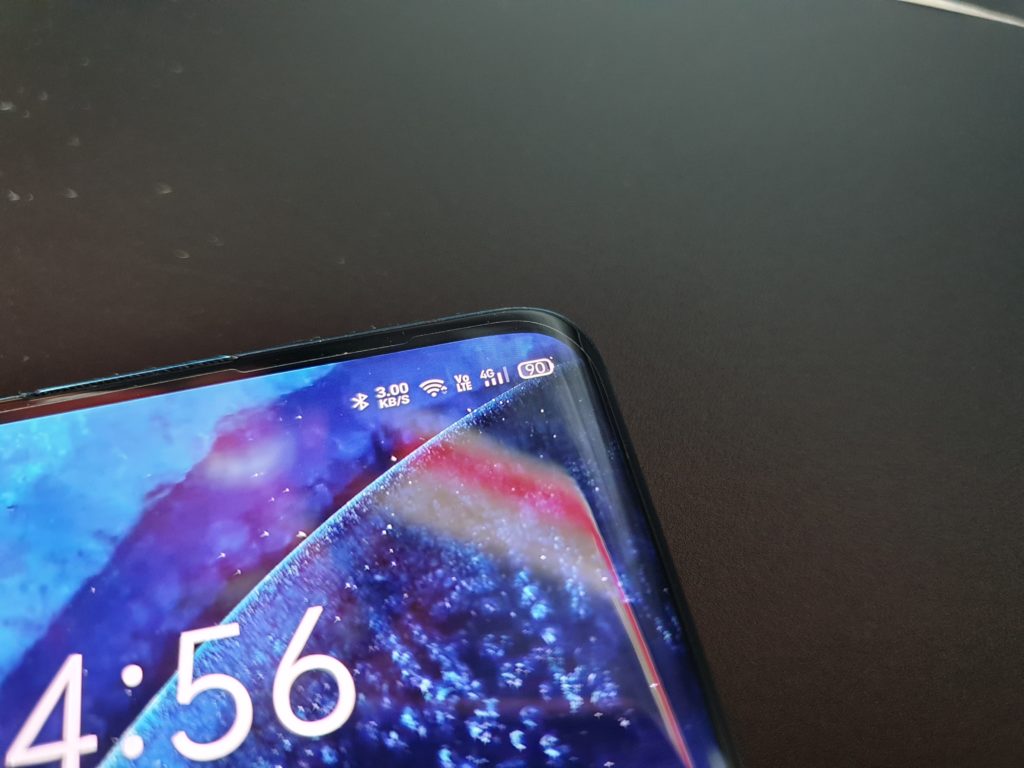
We never had an issue with OPPO devices when we tested all their mid-range or entry-level devices before this. Keep in mind they are all clad in aluminium, which was said to cause a lot of problems for Apple’s iPhones in the early days when they started using the material.
In terms of call experiences then, the OPPO deserves no complains. As expected, the dual mics that are used in the device filters out noise nicely and the caller at the other end of the line never complained that I was drowned out by noise. Volume levels are good too. Probably the earpiece could be a little softer than what I am used to, even when volume is turned all the way up, but I can still pick up voices and words in the conversation just fine.
If you are planning to use this in a conference call, you can. The speakers are actually very loud in those calls. You can fill a medium sized conference room with the volume from the OPPO Find X2. Although the mics might not be able to pick up your voice if you are standing more than 1.5m away from it. Not properly anyway. Loud speakers also means that you miss your calls less.
5G Ready
If you are thinking of purchasing the OPPO Find X2, whichever you choose are 5G compatible. While we do not have 5G just yet, preparations never hurt anyone. In the case that 5G is readily available, all you need to do is get the SIM card and plans from your service provider.
Unlike the other chines brand that has been touting 5G connectivity forever though, there is no switch for 5G here. That also means that if you get a 5G SIM card and push it in, 5G will be on by default. That could also be a worry in the future in terms of data usage patterns and even battery life concerns. So far, we cannot comment much because we have nothing to test it against yet.
O Roaming
If you are a travel bug (I know, we cannot travel at this time, at least we are discouraged to), you may appreciate this feature. It is a feature OPPO introduced last year for their smartphones. It is basically a roaming plan and you can do all your purchases from your smartphone itself. You do not need to head to a kiosk and get a local number and then just dispose it after use.
It is technically a more ecologically conscious way of getting a roaming data plan. That way also you do not need to manage another SIM card. Pulling out the SIM tray can be a pain sometimes.
Thing is, as far as we can see, the plans are still more expensive than getting a local number in some areas. The rates are also all calculated in US$. That also means that your credit card might charge you more than you bargained for.
We cannot deny its potential usefulness though. Having O Roaming or using it can be convenient for you. It is an on-demand service as well anyway, so as long as you need it, you can have a subscription and cancel anytime you do not need it.
Gaming

During the period of quarantine, we play a lot of games. Not that many mobile games though, sadly. However, we still do have some games on the OPPO Find X2. We installed PUBG Mobile, quite a staple to test devices with Battle Royale games like that these days. We loved Brawl Stars too, so of course that gets installed and played. I am also a fan of the Sky Force Reloaded personally.
The thing with modern smartphones with modern, ultra-powerful processing chips is that smooth gaming comes as a pre-requisite suddenly. There is a reason why gaming smartphones has not picked up that much since we first see the BlackShark device and even the ROG Phone. They are all technically the same things with some extra features that may or may not change the way you used your smartphone. All that, while looking tacky and loud.
With the OPPO Find X2’s Qualcomm Snapdragon 865 then, this device is expected to shred the games and let you play at 120 fps with no issues. Of course, the OPPO flagship does not disappoint. It manages to do all that while looking elegant and subtle. Lesson, you do not need a gaming smartphone.

Talks of gaming smartphones aside though, Brawl Stars is nice and smooth to play with. While you may not be able to tell if you are not paying attention, the game looks like it is somehow running smoother. Thanks to 240Hz response rate too, everything suddenly becomes a little more instant.
That goes for PUBG Mobile and Sky Force Reloaded as well though. On PUBG Mobile, gun shots are supposed to be slightly faster since the display responds faster. At the end of the day, the difference is in milliseconds and is hardly noticeable really. Still, the games look good with great vibrant colours. Brawl Stars looks fun and amazing with its pastel colour choices.
Even Sky Force, a messy game at times run smoothly, smoother than we thought it could run, and looks good. The colours of your plane are vivid, the projectile clearer, and suddenly the plane is more responsive to your touch. Not bad at all. Thing is though, these are very subtle differences that you might be able to overlook on other displays.
All this is thanks to OPPO’s very advanced, very pretty OLED display. We will talk about what makes gaming on the 120Hz panel such a pleasure with O1 Vision Engine in the later part of the review. This also makes us think that display panels now will make the difference between a regular smartphone and a gaming one.
Fingers and Faces
The OPPO Find X2 can easily unlock via your face. Well, as expected from a modern smartphone, facial recognition is quite standard now. 3D facial recognition is also more accurate and secure than ever now. It is also very much like OPPO’s first implementation of facial recognition on their OPPO Find X with 3D sensors and infrared floodlights. As with any other technologies, it is supposedly more accurate now too.

What is impressive to us was that the device was still able to recognise my face in low-light conditions. That, and it was able to unlock at about the same time as when it recognises my face in bright conditions. That is to say that the device does its facial recognition almost the instant you turn on the device. Then again, it recognises my face whichever way I oriented the device to my face anyway. That also means that fingerprint sensor and PIN numbers that I have set on the device are quite underutilised.
The fingerprint sensor is under the display though, which also means that there are no recess or creases to fit a regular fingerprint sensor. Under display fingerprint sensors have come a long way too, there is no reason to doubt its capability and accuracy at this point. They are faster than ever too. If all else fails, you have your PIN numbers to fall back on.
Battery Life
When we first saw how much this flagship is packing, we had major concerns on its 4,200mAh battery. It is not small for a battery, but it is certainly not that big. The Samsung Galaxy S20+ Ultra has a 4,500mAh battery with 5G and 120Hz display in tow. It is expected that 5G usage might drain batteries faster than ever too.
We decided to push the OPPO Find X2 through its paces a little bit with letting the display run on full 120Hz and QHD+ resolution. We let OPPO’s battery optimisation algorithm run on its own though, since it is turned on by default. We used the device as normally as we possibly can too. We ran WhatsApp on it, Telegram, some phone calls, some Netflix, quite a little bit of YouTube, and some camera action in a single day.
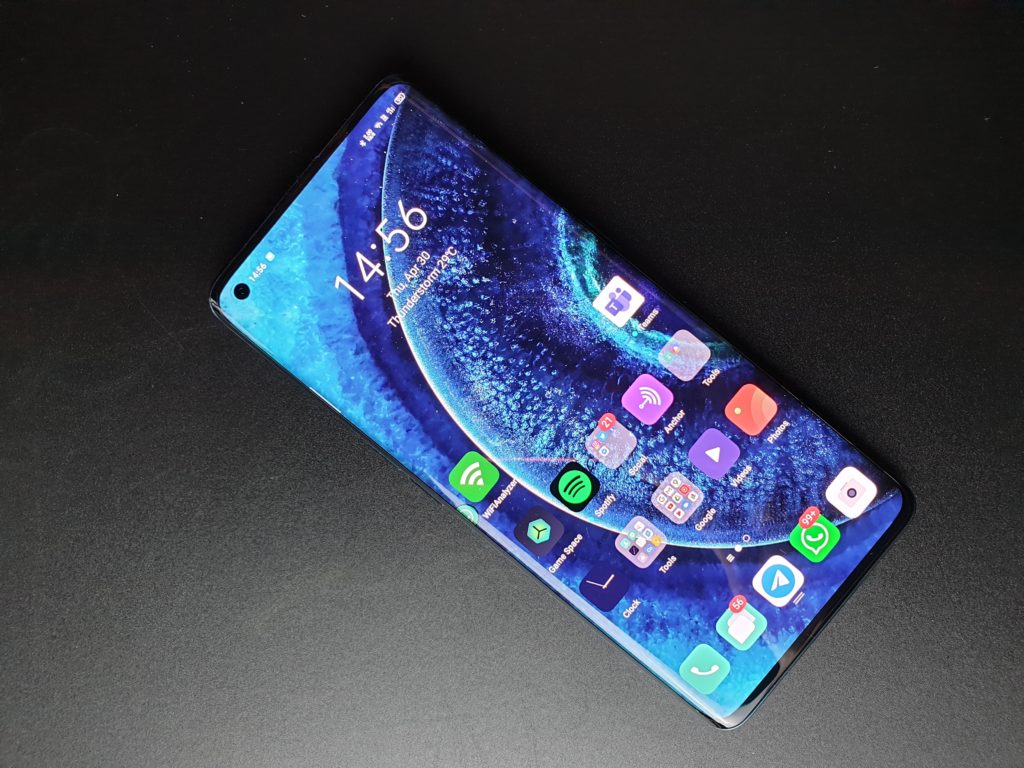
The result is a battery life that could last us longer than a day of full use. We had more than 18 hours in battery life on our first day with the OPPO Find X2. We never had any battery anxiety with the device on the first days. Mind you, this was the period before the state-sanction quarantine started; means we were still out and about.
On the worst day, we had to charge the device after 10 hours of use. That was thanks to a few PUBG sessions on long commute and train rides. Even leaving Netflix on for a 30-40 minute journey home from work still gives me a few extra hours with the device away from a charging outlet. I only had to charge the device when I get to bed on a typical day. While that could be anywhere from 11.00 p.m. to 2.00 a.m., having the confidence of leaving it for a charge overnight and get it going a full day is kind of refreshing. It is like experiencing new freedom.
Mind you, we have not even begun with VOOC FlashCharge. They said that it could be charged from zip to full within 40 minutes. We believe that, because our charged within 30 minutes most of the time, and the best part is that there is not much heat in the first place. So, it is safe to handle your device anytime it is charging.
That is not to say that it is flawless though. We would very much appreciate wireless charging. We use wireless chargers in the office now and with the Find X2, it is pretty much useless. While it has a long battery life, we could extend our daily use with wireless charging. We still think that they could fit a bigger battery in the device, the Find X2 Pro makes do with a 4,260mAh by the way; not that much bigger from this regular Find X2.
Display
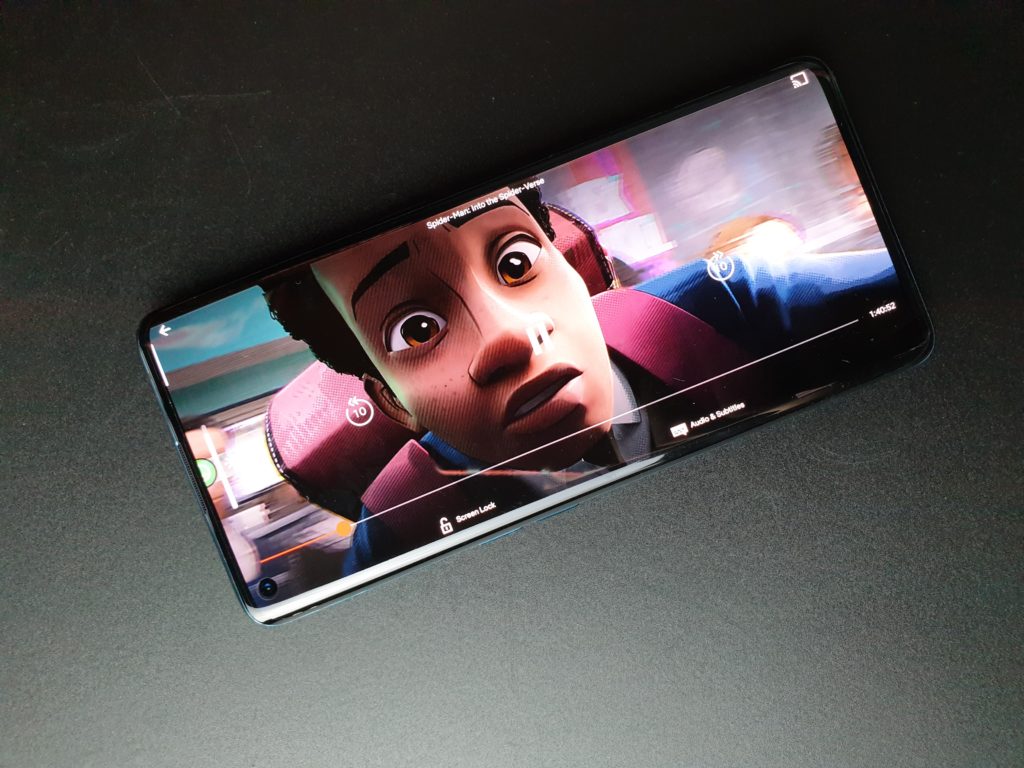
The office actually agrees that this is probably the most impressive display of 2020. Mind you, we also pitted this against another flagship that launched at the same time, the Samsung Galaxy S20 series. We still think that this display is on another level.
It should be, you can project at QHD+ while pushing 120Hz, it has HDR10 certification, it has a 100% DCI-P3 certification, it is a 10-bit display with 1 billion colours, it is OLED and it is large at 6.7-inch. It is the same display across the series as well if you do not know yet. It is everything that a flagship display should be.
It is not an AMOLED display, simple OLED. But it is more than just another OLED display. It refreshes at 120Hz, and it pushed 10 billion colours into your face, not the usual 16.7 million. It is, in my eyes, the best display you can have on an Android device at this time.
They call the display their O1 Ultra Vision display. With that, comes an engine within the display that accelerates your visuals to match the refresh rate of the display at 120fps. That works for YouTube, Netflix, and even Prime video. That means you get extra smooth footages with very little chop and motion blurring. We were surprised with the result, to be very honest.
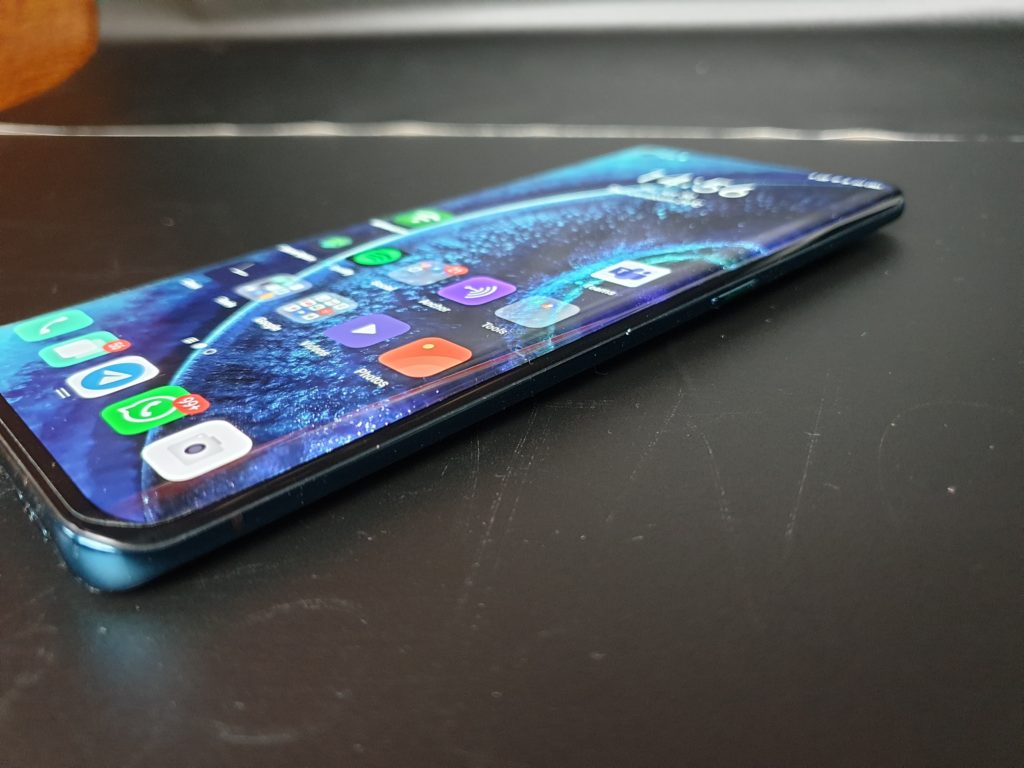
When a visual engine accelerates a 30fps video to 60fps, you usually can tell. You can tell by the occasional colour bleeding, or motion blurring of a specific object. On the OPPO’s display, you can hardly tell. We suspect that we can hardly tell also because the display is not large enough for us to scrutinise on a microscopic level.
Colours are very real on the device. You get highly vivid and saturated colours. While that is a mark of OLED displays, this is something else. With 10-bit format, colour gradients blend so well that you see them as a single progression with no separation. With 1 billion colours, colour contrasts are even better than before.
Those features create a whole avenue to watching videos and enjoying Netflix and other video streaming platforms on the OPPO. Yes, we are saying we enjoy using this device as our go to device to stream videos.
You have not even begun to consider the stereo speakers that this thing packs. They are Dolby Atmos certified too, which means you get top notch movie audio out of this. Find a title that could match the certification, you get really good personal immersion. Quite sad that you cannot put your old 3.5mm jacked headphone into the device though. Well, Bluetooth audio it is.
Cameras
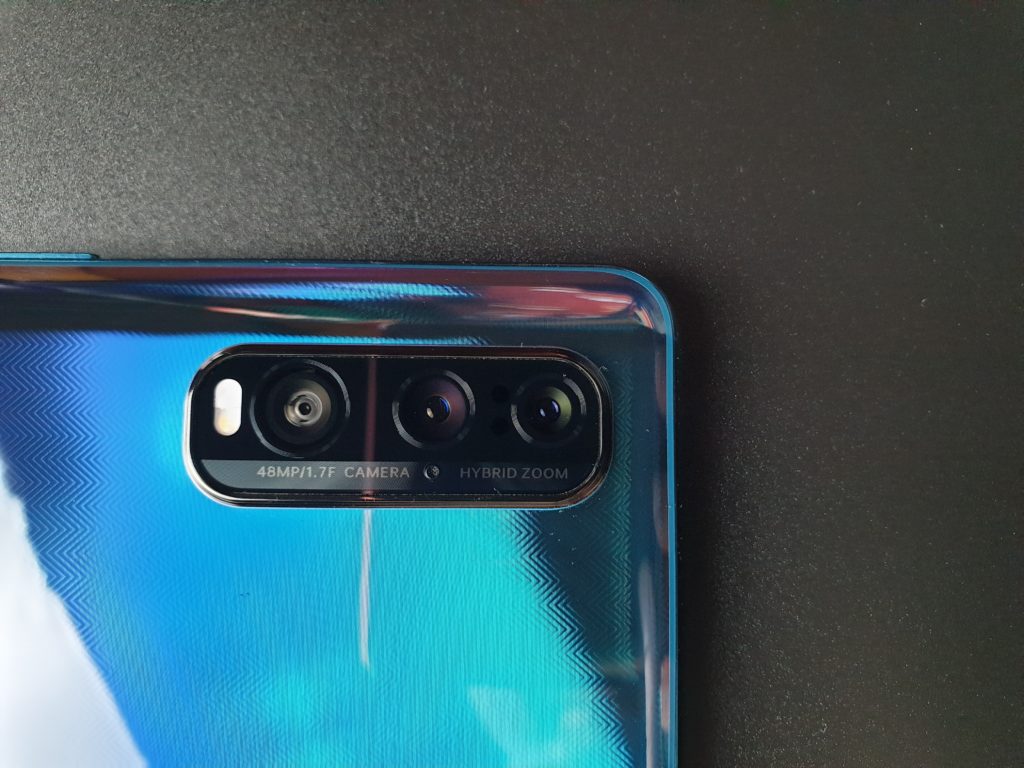
They say that the OPPO Find X2 Pro, before the launch of HUAWEI’s P40 series, tops the charts on DX0Mark. That also means that the OPPO Find X2 Pro, at one point, was the best a smartphone camera can get. What about the Find X2?
Technically, you can get the same sort of results. They both run on the same primary hardware and software. The regular Find X2 that you see here packs a 48-Megapixel main shooter supported by two other less powerful lenses. The ultra-wide shooter is a 16-Megapixel sensor while the telephoto lens is a 12-Megapixel shooter capable only of 2x optical zoom. You get up to 5x hybrid zoom with that too.
Does that mean that it is a worse camera than the OPPO Find X2 Pro though? In terms of numbers, it is collectively a worse camera. In practice though, the differences are less than you think. If you are comparing the main camera, nothing separates the two. Both have the same 48-Megapixel cameras and both should get the same results. The resulting photo from the 48-Megapixel camera is crisp, detailed images with very natural colours. The AI know how from OPPO does help in plenty of the scene recognition and settings on the camera. Even in low light, colours are saturated and pretty. My only complain is probably the oversaturation of certain colours like the reds. Still photos look stunning enough on the display of the OPPO at least.
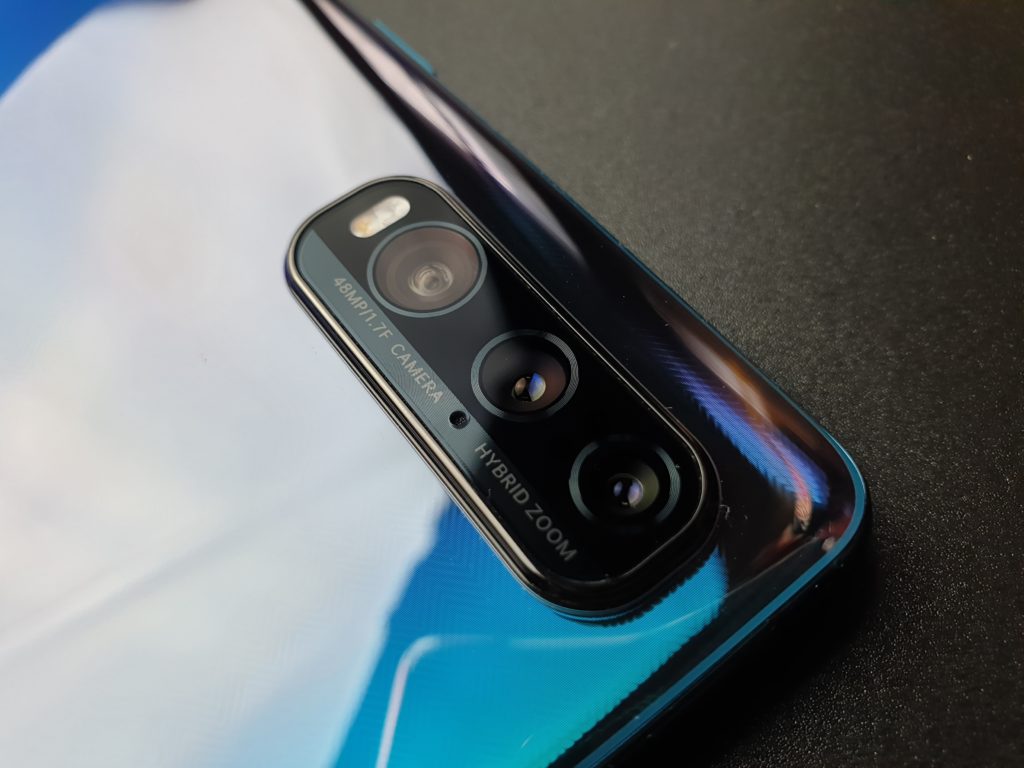
There is a small flaring issue when the OPPO Find X2’s camera is exposed to a naked light source, but most smartphone cameras will have that issue anyway. Under the right conditions, you can get a creative shot. If you like to do night photography though, you might want to consider pointing your device toward a softer light source than what we see in the sample photo. Still, night photography with the 48-Megapixel camera is great thanks to OPPO’s clever night mode enhancement.
With the other two lenses, there are nothing much to shout about really. They are not great, but they are not bad either. They produce pretty standard results in their own class. You will not get a super clear 10x zoom shots from the OPPO Find X2. At 5x though, photos are still clearly usable. The final results of the long shots from the 5x hybrid zoom function is really not bad at all. You still get plenty of details with it, like shooting from a conventional lens.
The ultra-wide angle lens is not the best, but it is still good to work with. You may not get 48-Megapixel in detail from the 16-Megapixel ultra-wide lens, but it is not going to blow any minds. It is still detailed enough to use and appreciate though. Colour profile across the cameras are pretty much the same, which also means that you are still getting very natural looking ultra-wide shots and zoomed in shots.
Gallery
The OPPO Find X2 – The OPPO Flagship to Have

The OPPO Find X2 we have here will set you back MYR 3,999. It is the cheaper of the two flagship devices from OPPO too. The Find X2 Pro will set you back MYR 4,599, MYR 600 more than the OPPO Find X2.
While being the more affordable of the two, you are not getting that much less than the Find X2 Pro. The OPPO Find X2 still packs the same power unit, the same display, the same sort of design language. The only difference is the battery size (60mAh smaller on the Find X2), storage size, (256GB vs 512GB), and the camera sensors you get (48MP + 12MP +16MP vs 48MP + 13MP + 48MP). In a sense, it is not that big of a difference that you can find though. You are essentially getting identical performance numbers and experiencing the same OS and device.
MYR 3,999 though is a lot of money to ask for. The OPPO Find X that was launched last year was just slightly cheaper at MYR 3,699. Still, that was two years ago. For about the same money as the OPPO Find X2 as well, you can get your hands on a Samsung Galaxy S20 and a HUAWEI P40 Pro. Get this though, the OPPO Find X2 is probably a better deal with the 120Hz QHD+ display alone.
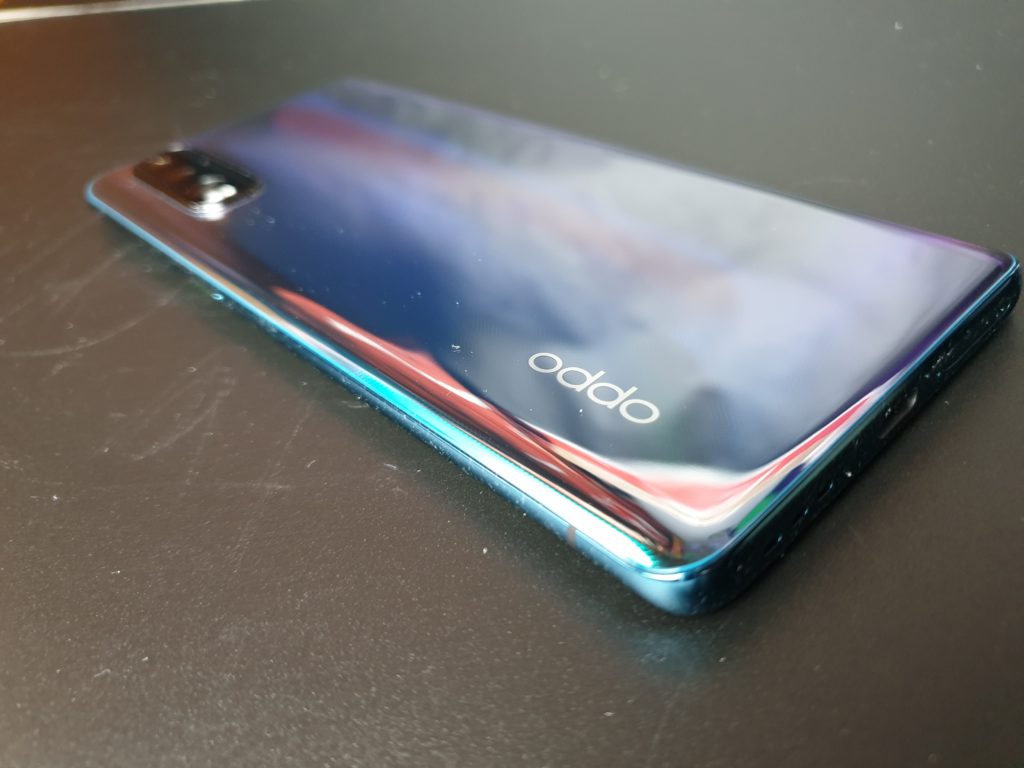
As a device, we feel that the OPPO Find X2 is one of the most accomplished and complete devices out there. It is an impressive device, and we can say that we really like the device. It is still difficult to get over the fact that you are spending more than MYR 3,500 on an OPPO device. You are spending a premium amount of money on a smartphone brand that has built itself on value mid-range offerings.
We can overlook that part though, just because we have experienced the device. If you are looking in the price range, we do urge you to take a look and experience this OPPO Find X2 itself. It might change your mind about what OPPO devices can do. In short, this is a device that we do not mind using as a daily driver.
